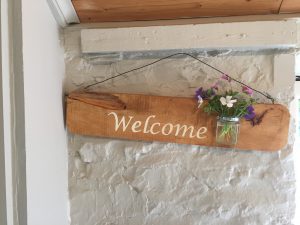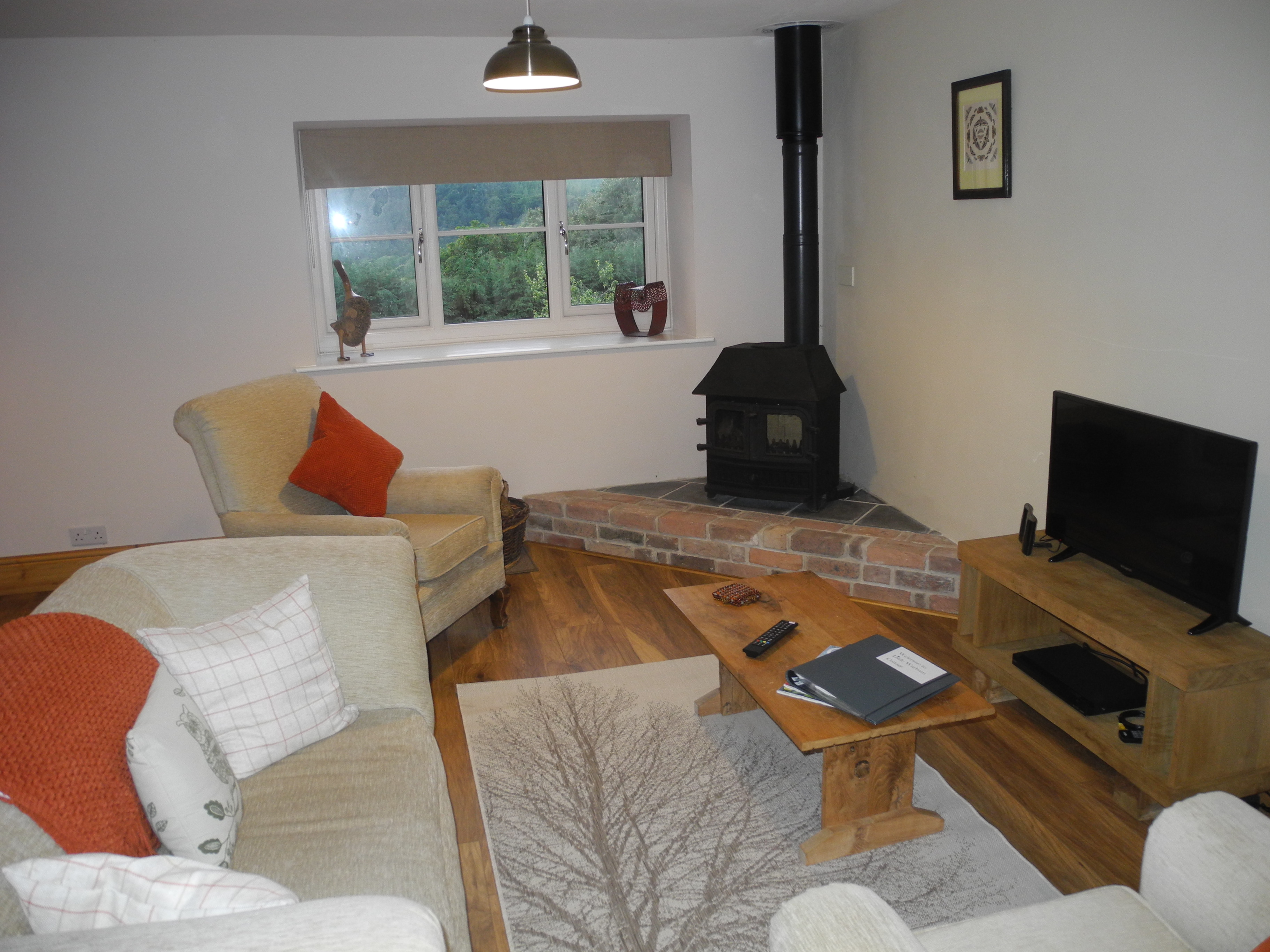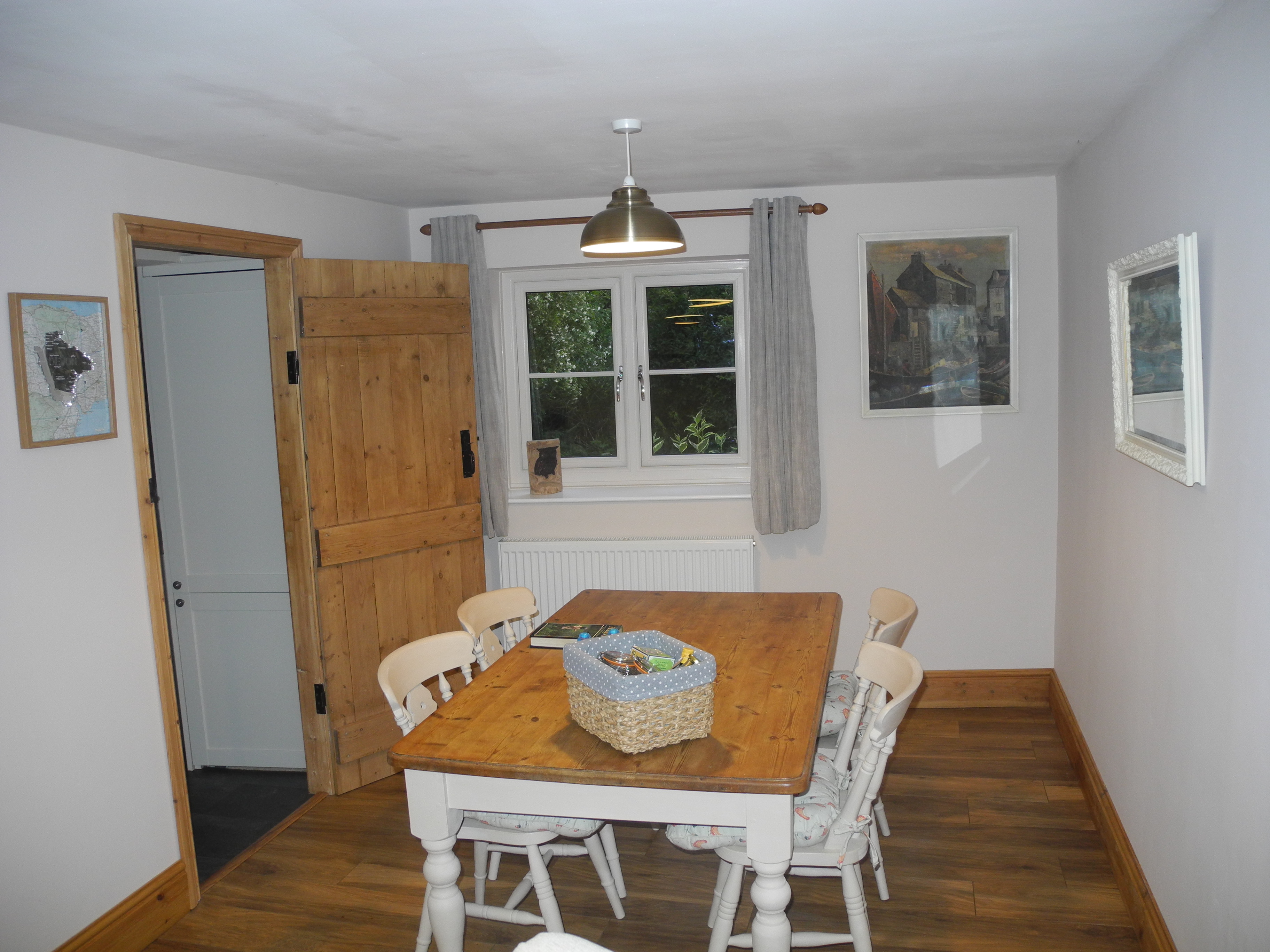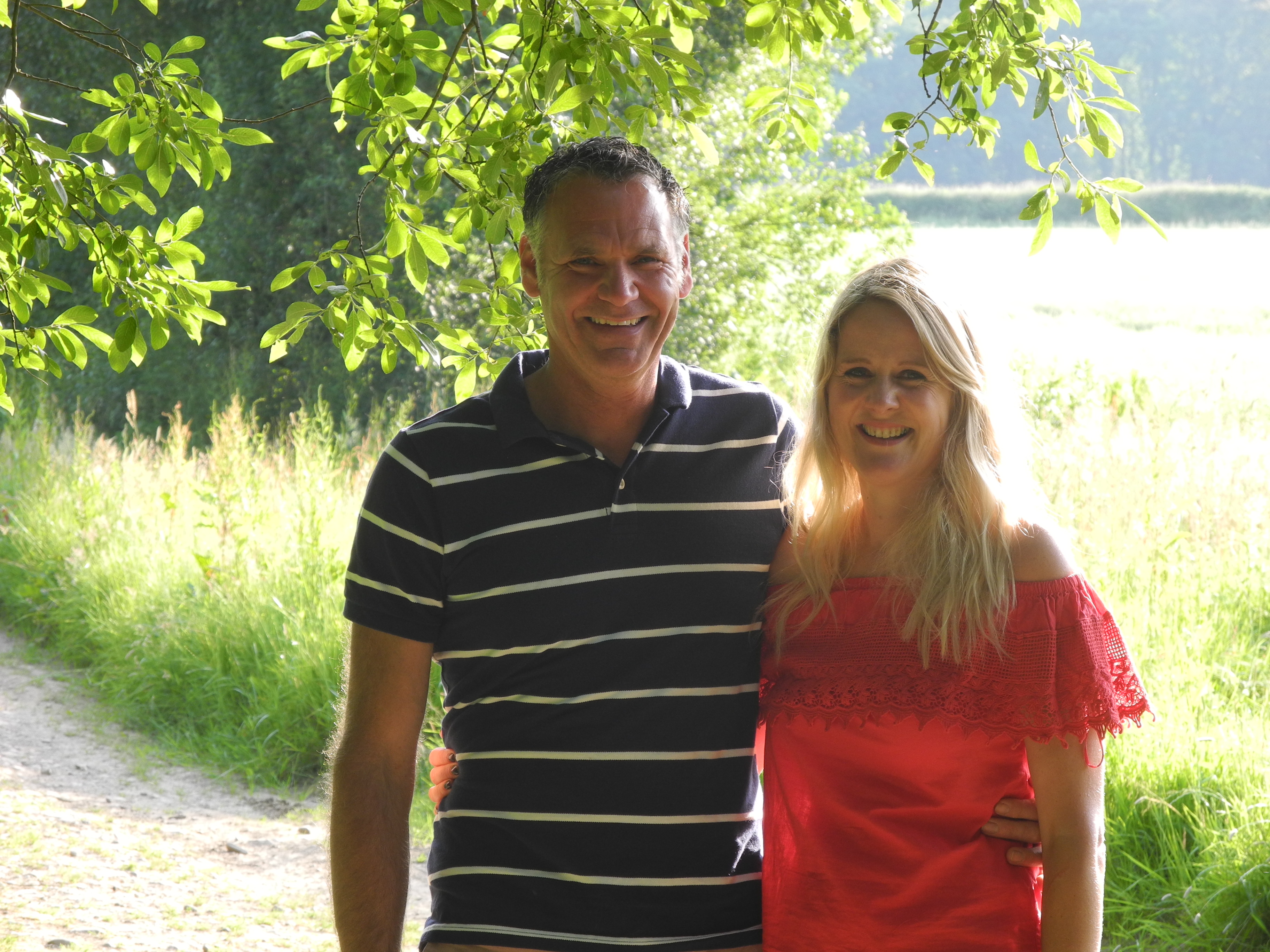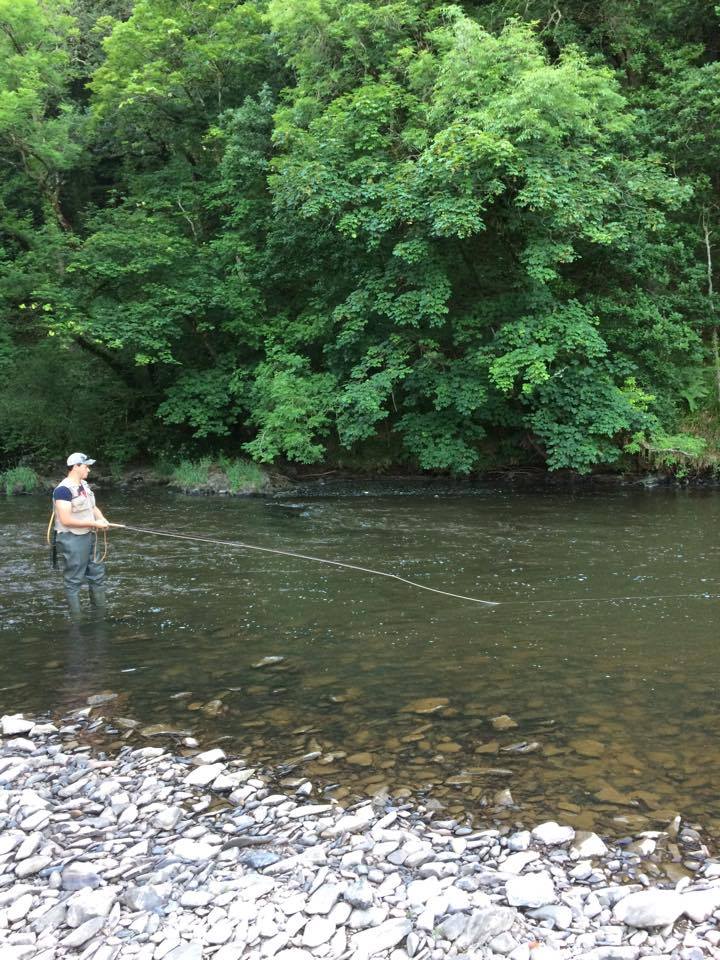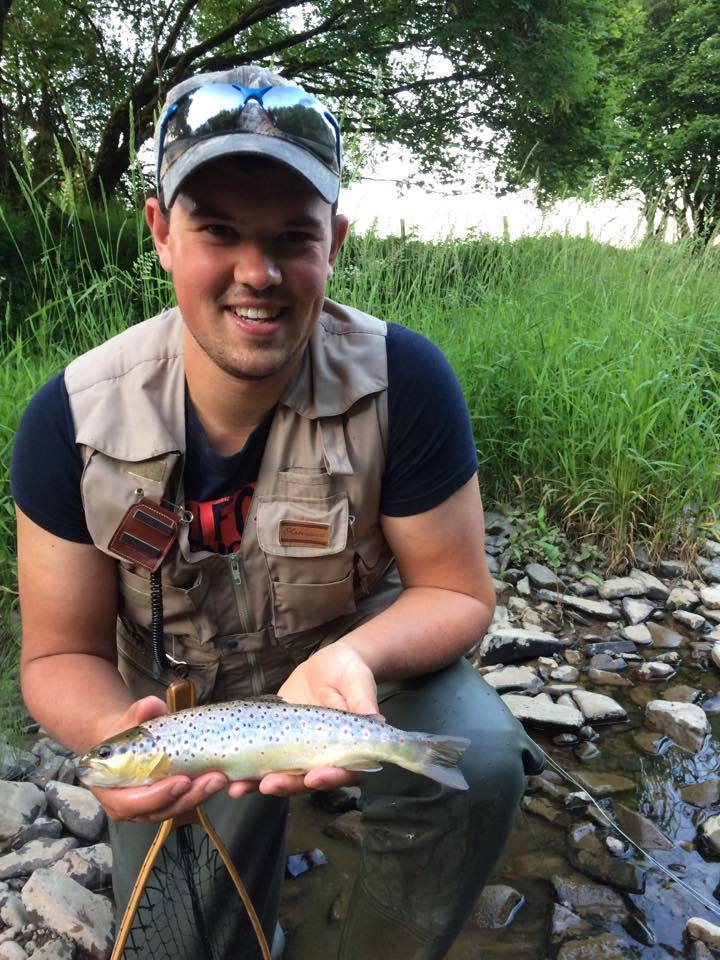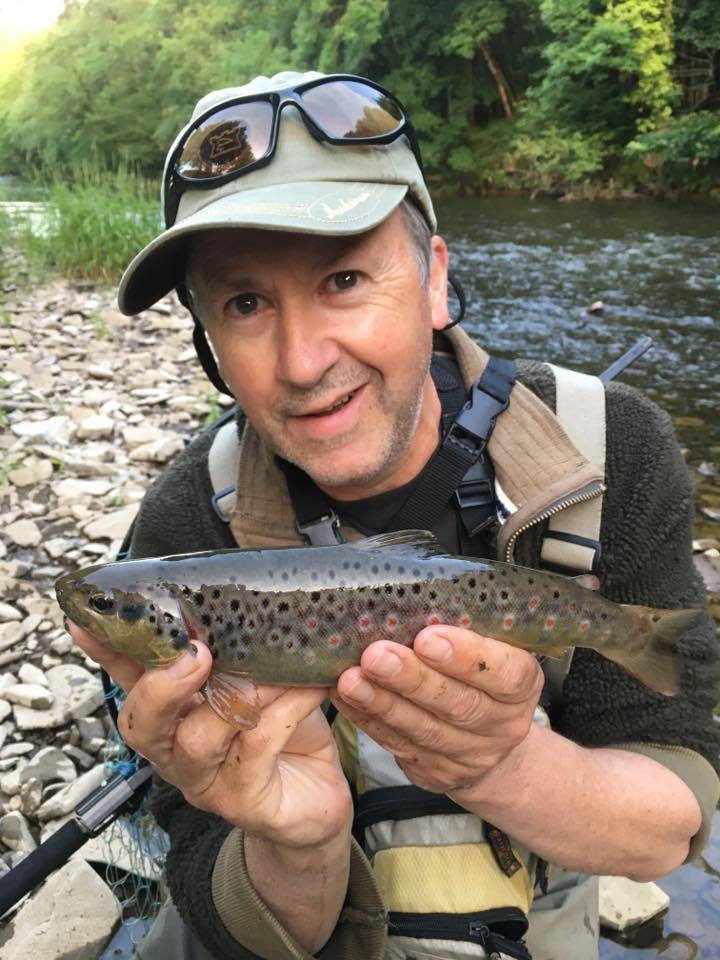The latest Newsletter from the RTFA focuses on the widespread work done by angling bodies to enhance the and protect the river environment. Sadly very few salmon or sea trout have been tempted from our local rivers despite a spell of heavy rain that brought a welcome summer spate,
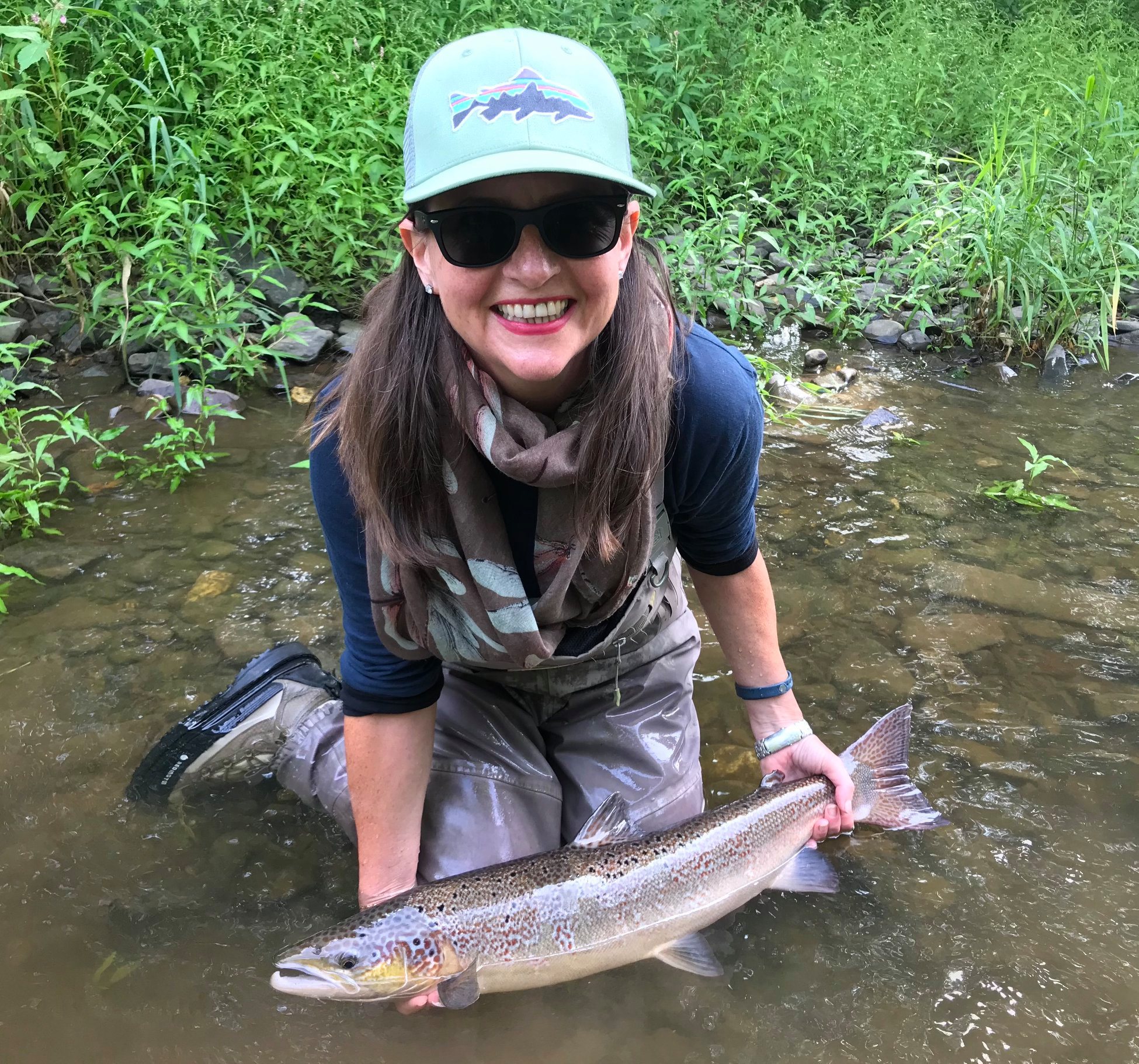
The River Taw Fisheries Association Newsletter
Chairman: Alex Gibson
Lower Braggamarsh House
Burrington, Umberleigh
Devon EX37 9NF
Tel: 07785 232 393
Email: [email protected]
Secretary: Ian Blewett Great Oakwell
Kings Nympton
Umberleigh, EX37 9TE
Tel: 01769 579 131
Email: [email protected]
Treasurer: Richard Nickell, Blakewell Fisheries, Muddiford, Barnstaple, Devon. EX32 4ET Tel: 01271 344533. Email: [email protected]
Web site: www.rivertawfisheries.co.uk
Chairman’s Report
You will all have seen the report which I should have presented at the AGM. The coronavirus lockdown means that I have little new to report and I apologise for this report looking a bit like a rehash.
Very high water followed by coronavirus lockdown and then drought conditions could hardly be a worse way to start a fishing season. As a result there is no fishing activity to report though good numbers of salmon and sea trout were showing in the river during lockdown and now with drought conditions they are showing in the estuary.
Last season extended drought conditions affected rod catch numbers. I have continued to do the annual beat survey, canvassing all riparian owners; last season’s results show 82 salmon and 265 sea trout against 2017 figures of 72 salmon and 71 sea trout. The provisional EA numbers for 2019 are 81 salmon (90% returned) and 257 sea trout (86% returned). We can take some comfort from the upturn in sea trout numbers and I believe our salmon numbers will look good relative to the numbers for other south-west rivers when we see them. Brown trout fishing had an excellent year with almost 3,000 fish caught, up from about 2,000 in 2018. The brown trout fishing community is of crucial importance to us since they are the custodians of those parts of the river where the fish spawn and spend their early life.
Turning to the Mole pollution incident, let me summarise where we are with this disastrous event. Back in July last year a large digestate spill apparently wiped out the fish population over a 5km stretch of the Mole from above South Molton
to the junction with the Molland Yeo. I say apparently because the EA will not release to us the fish survey they conducted after the incident for fear of prejudicing their prosecution of the person responsible. A figure of 10,000 fish has been mentioned, but we do not know the number of salmonids in this number, nor the breakdown by type and class. We originally understood all invertebrates were wiped out, but recently were told by the EA that the invertebrates were affected only slightly. This is encouraging in terms of recolonisation, but we have not seen the invertebrate survey either.
Fish Legal has been briefed to mount a civil claim for us, but this cannot proceed until the EA is much further along with its prosecution and we can obtain the fish survey. As a result we have been financing restoration work from our own reserves. We are pushing the EA as hard as we can, but it is all very frustrating. On the other hand, the EA have confirmed that they will do a fish survey on the polluted stretch this summer. We will do our best to hold them to this. The results will be interesting. The problem however is that we will still have no base line to work from, namely the original fish survey. Until we learn otherwise we will assume that all salmonids were killed and that any juveniles that show up in the survey are the result of last winter’s spawning and recolonisation.
The sad situation that we find ourselves in is the direct result
of having anaerobic digesters on our catchment with the farming activities that surround them. There are three, one on the Mole and two on the Little Dart. We had identified the threat, but were powerless, just waiting for an accident to happen.
As many of you will know there is a chain, winter maize from farm to anaerobic digester, digestate from anaerobic digester to farm. If any part of the chain fails, and that includes the anaerobic digester itself, the river is threatened. That of course is without considering the siltation damage caused by growing winter maize in the first place. In the last two or three years the character of the Mole has changed. It now runs dirty for longer and silt is deposited along its length. Optimists think that the new Environmental Land Management Scheme will solve all these problems created by bad farming practice; others adopt a less sanguine approach. Things can go spectacularly wrong as evidenced by the Mole incident. While waiting for new rules and regulations to be implemented it may be a good idea for us to keep our finger crossed. Implementation and enforcement will require an Environment Agency fit for purpose.
This brings me neatly to river improvement work which is driven by the siltation problem. The Committee has decided that the “best bang for our buck” is to continue our gravel cleaning programme in conjunction with WRT. This is a short term solution until farming practices change, but we don’t know how long short term is. Last year we spent almost £20,000, having carried £10,000 forward from the previous year. The full 2019 gravel cleaning report can be read on our website. In summary we did 8 days on the Molland Yeo, 3 on the Crooked Oak, 8 on the Mole, 8 on the Little Dart and Sturcombe and 11 on the Upper Taw. To encourage recolonisation an emphasis was placed on the Mole. For this season the Committee has committed £10,000 for gravel cleaning work. Again there will be some emphasis on the Mole. Work will go ahead subject to coronavirus restrictions.
This is a difficult climate in which to find complementary funding. We were unable to gear up on the funds we spent last year. For obvious reasons the jury is out this year. We continue to be concerned about South West Water’s 35 sewage treatment works on our system. South Molton and Chulmleigh, perhaps the worst, are due for an upgrade in the next 5 years, partly as a result of pressure we have applied. We will continue to press for further improvements.
To broaden our fight against sewage in the river and also the threats from siltation and anaerobic digesters we link up with other organisations who share our concerns. These include South West Rivers Association, Westcountry Rivers Trust, The Rivers Trust, Angling Trust, Devon Wildlife Trust/North Devon Catchment Partnership and Surfers Against Sewage. These problems are not Taw specific, nor south-west specific, but national. Fortunately there is a growing groundswell of public concern which we welcome.
Paul Carter, our excellent EA Fisheries Enforcement Officer,retired in April. Since the EA had not lined up a replacement there is currently no EA enforcement on the Taw or on the Torridge or Lyn, the two other rivers Paul covered, a dreadful situation. We understand that the EA will “probably” recruit in due course. There are now four EA Enforcement Officers covering all Devon and Cornwall rivers. This isn’t
good enough.
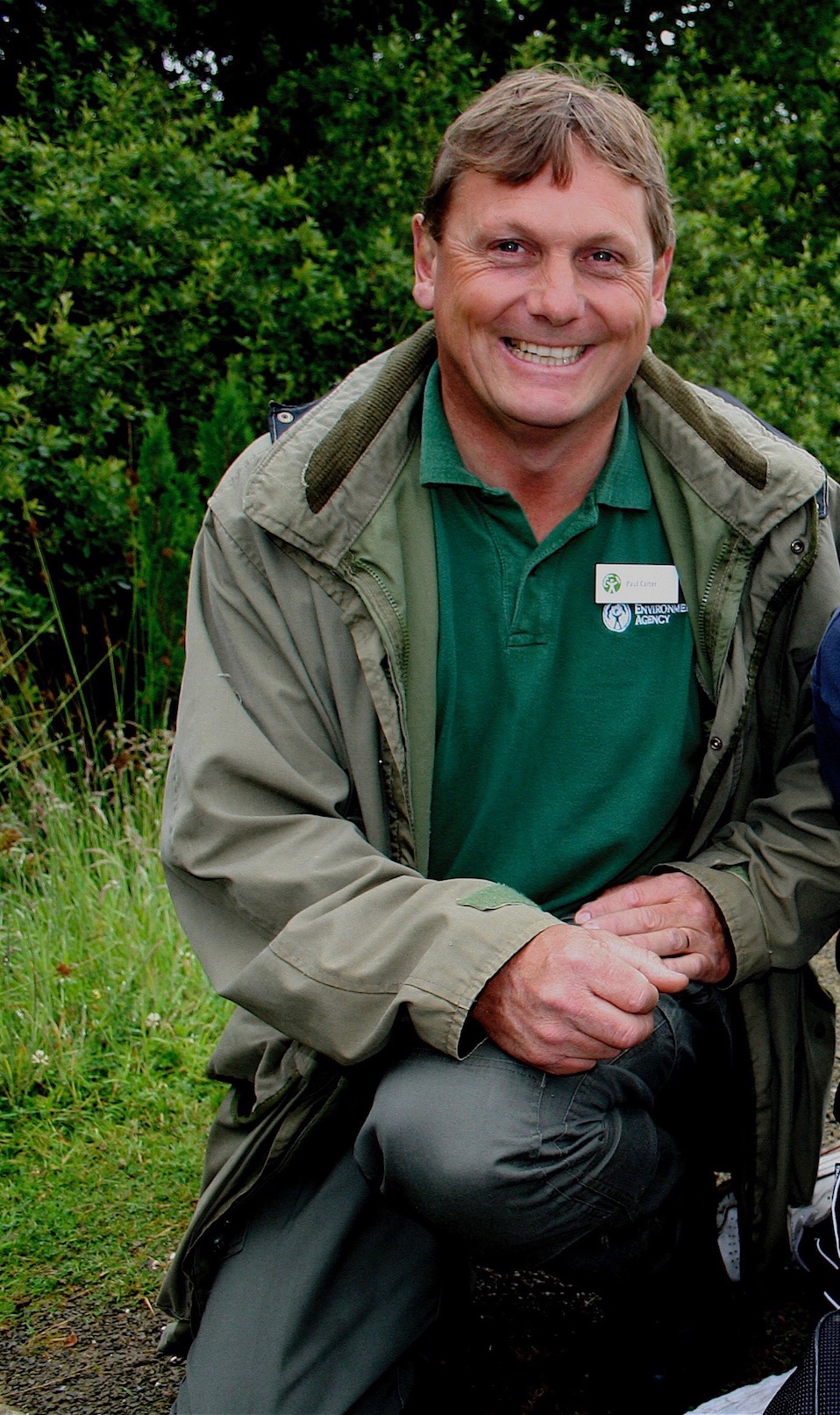
Is there rain and a full river round the corner? We all hope so. I am sure there will be good fishing when we have good water conditions.
Alex Gibson, Chairman
Hon. Treasurer’s Report
For 2020 projected subscription income, based on the new subscription rate, is £4,125; unfortunately though we have lost our AGM auction income this year. This is a blow since it usually brings in about £4,000. However we do have a substantial cash cushion of about £34,000.
Our main commitment this year is £10,000 of river
improvement work, essentially gravel cleaning, which Westcountry Rivers Trust will handle for us, coronavirus restrictions permitting. The net cost to us will be £6,752 after netting off the funds we hold with WRT. If this river improvement work does not go ahead then, all things being equal, the work and related costs would be carried forward into 2021.
Subscriptions & Membership: 2020 subscriptions at the new
rate of £25 were payable on 5 April. Those members who have not yet paid are asked to do so. Would those members who have already paid, but at the previous rate of £15, please pay £10 via BACS or send a cheque to me made out to RTFA. Those members who are not yet paying by means of a standing order are asked to do so as of next April. The standing order form and instructions can be found on our website under Membership together with BACS details and my address.
We have 165 members and 4 new members joined last year.
Everyone is encouraged to persuade other Taw anglers to join and support RTFA. The Association exists to represent all who fish the Taw.
Raising money requires hard work and commitment. I would like to thank all of you for your continued support of RTFA and the river improvement work we do.
Richard Nickell, Hon. Treasurer If you want to know
About the state of the river visit the River Taw Fisheries Association Web Site
www.rivertawfisheries.co.uk and click on Current News and EA Gauges
South West Rivers Association
The voice of the rivers
Overview
At our June Council meeting we considered whether we wish to be a ‘Talking Shop’ or ‘Agent for Change’. The latter was unanimously agreed whilst recognising that our limited resources are a constraint on just how much we can do. Our priority will always be serving the 20 individual river associations, including the Taw, who do so much at local level to support the socio-economic benefits that flow from our rivers. An example of this support has been the pollution of the Mole covered by Alex Gibson’s Chairman’s Report. The Environment Agency’s handling of this exemplifies why we are frustrated by their slow bureaucratic processes. At the time of writing the EA still had not decided whether to prosecute – I have ascertained where the blockage is and am working to unblock it – Justice Delayed is Justice Denied.
The decision to leave the EU and the outcome of the General
Election may have ended some uncertainty and opened the door to potentially beneficial changes but much is still unclear. For many years the UK has been implementing the European Water Framework Directive without much apparent enthusiasm. There has been almost no improvement in the ecological status of our rivers with agricultural pollution continuing to be a major factor in the South West. It is to be hoped that reform of the Common Agricultural Policy with a greater focus on protecting the environment as a public good will bear fruit. After eight different Defra Secretaries of State in 10 years, we now have George Eustice and, with his experience as Fisheries Minister, someone who understands fisheries matters.
2020 AGM
As with the Taw our AGM was postponed. We hope to rearrange it for later in the year and have the same key speakers – Mark Elliott from the Devon Wildlife Trust on the River Otter Beaver Trial (see below) and Jamie Cook, the new Chief Executive of Angling Trust/Fish Legal. I have met Jamie twice (once face to face and once by video link) and am impressed with his enthusiasm and keenness to support salmonid angling.
Beavers – Friend or Foe?
The River Otter Beaver Trial run by Devon Wildlife Trust,
starting in 2015, was due to end this spring with the intention
of Defra then making a decision on the fate of the beavers, some of which were escapees and some introduced. The objective was to ascertain whether beavers could damage current ecosystems, (including fish populations), and landowner and agricultural interests. Detailed information on beaver movements and impact on the environment has been collected, including fish surveys by Southampton University. SWRA and the River Otter Fisheries Association have been heavily involved in the trial but our voice is only one of many.
Defra has given a six-month extension to the trial and we are working with the Otter FA, Angling Trust, Salmon & Trout Conservation, and Game & Wildlife Conservation Trust to commission a detailed, evidence-based case, for ensuring that future management of beavers and their impacts is not excessively constrained by over-protective legislation – there is no current specific legislation other than the International Union for Conservation of Nature Guidelines for Reintroductions. In a densely populated country like ours, with many other threats to salmonids, it is vital that the inevitable spread of beavers does not add another unacceptable pressure.
Water planning for climate change
At our January meeting we had the benefit of a presentation and Q&A session with Rob Scarrot, South West Water’s
Head of Water Resources and Water Efficiency. Defra has instructed water companies to produce plans for ensuring
water supplies for the long term in the light of probable changes in population, demand and rainfall patterns. A key driver is that climate change is likely to affect the South West disproportionately, as its smaller rivers are more vulnerable to summer droughts and the population increases substantially in the summer. SWW, working with Wessex Water and Bristol Water is tasked with developing the plan for the South West.
Rob has promised that SWRA will be a key stakeholder in discussions over the next year and we were encouraged that he referred to the company’s intention to protect the environment and include sensible flow protection measures in any plans. We are not aware of any plans affecting the Taw but will keep a watching brief.
SWW’s lead on sewage treatment, Perry Hobbs, has agreed to attend the next SWRA Council meeting to explain the company’s plans for improvement – a topic on which Alex Gibson has campaigned strongly.
Protecting salmon and sea trout in the sea Cornwall Inshore Fisheries and Conservation Authority has a
duty to make new byelaws to protect migratory salmonids in
inshore waters. The new byelaws are to replace previous ones made by the old Sea Fisheries Committee in 1987 which prohibited the use of fixed nets with a headline less than three metres from the surface in seven specific areas. Protection of salmonids in inshore waters is especially relevant given the growing evidence that reduced marine survival is an important factor in the reduction in salmon stocks. There is substantial evidence that salmon and sea trout returning to our rivers migrate close to shore often and close to the surface. Sea trout, including fish from the Taw, are also known to feed in Cornwall waters.
In September our Council hosted a presentation by Sam Davis, Cornwall IFCA CEO, and Simon Cadman, Principal Enforcement Officer, on their proposals for the new byelaws, with no fixed or drift nets allowed in highly restricted areas; and, in less restricted areas, no fixed or drift nets with mesh less than 170mm and fixed net headline at least three metres below the surface. We agreed that the proposals were a great improvement and would have our support.
However, following pressure from commercial fishing interests the IFCA Byelaw Working Group has made new proposals with the removal of some restricted areas and downgrading of some from highly restricted to restricted. We regard this as unacceptable and could result in more salmonids being caught and killed.
I had intended to attend the IFCA meeting on 13 March to
lobby for the original proposals to be reinstated but was ‘COVID-distanced’. Instead, in accordance with due process, I submitted a written question pointing out the deficiencies in the proposals and asking to present to the Byelaw Working Group. The response was that the Working Group would not be meeting yet but we are invited to submit evidence in support of our position – this will be done. We anticipate a battle which may go all the way to the Minister who has to confirm any byelaw.
Roger Furniss
Chairman
RTFA AGM and Dinner
River Taw Fisheries Association AGM Friday 26th March 2021
The Palazzo, Highbullen Hotel
The Rivers Trust
Introduction
The Rivers Trust movement, although now just over 25 years old, is still youthful in its outlook. We are brimming with ideas, enthusiasm, urgency and creativity. We are nimble, rapid and insistent. We are low cost, effective and collaborative. While others talk and write reports, we get things done.
The 60 Rivers Trusts in the UK and Ireland comprise, collectively, a movement with hundreds of expert, dedicated staff and tens of thousands of volunteers all working as hard as they can to restore wild, healthy, natural rivers, which are valued by everyone in society. They are all: building and restoring wetlands, fencing off rivers to keep out livestock, planting trees to shade rivers and slow the flow, removing and easing barriers to fish migration, monitoring water quality and fish stocks, working with farmers to reduce run-off and pollution and educating the public about the ailments, mysteries and delights of rivers and how they can play a role in restoring them to good health.
The Rivers Trust movement is also a knowledge-
exchange network. Individual trusts are generous with
sharing best practice, advice and moral support with
others through personal contact, webinars, conferences
and more recently via our new online forum for Rivers Trust CEOs. Groupings of individual trusts will often work together to deliver regional programmes of work that extend over numerous river catchments. As the umbrella body for the movement, our job has always been to facilitate this collaboration so that we can be far greater than the sum of our parts.
Another key strength of the movement is that we work in partnership with other organisations. The Rivers Trust led the formation of the Catchment Based Approach (CaBA) in 2011 which has been open to any organisation committed to the revitalisation of rivers through the restoration of healthy catchments. The Wildlife Trusts, RSPB, WWF, Environment Agency, Water Companies, Natural England and others have all played a role in the National Support Group of CaBA, and countless organisations have formed part of a coalition of the willing in each of the 105 catchment partnerships around the country. They have achieved consensus instead of discord, taken action rather than dithered and put partnership in place of competition.
There is a real magic about true partnership working. Those with the ability and will to pay are brought together with those with the ability and will to make things happen. Mutually complementary skills, knowledge and
connections make things possible which would have been impossible for any
single organisation to achieve alone. There is also something else: a sense of collective endeavour, shared values and being part of something much larger than the individual.
Forward Look
The challenges facing the water environment are very significant and increasing. The Environment Agency has estimated that it will take £27bn – so 200 years at current rates of spending – to get just 75% of our rivers to Good Ecological Status (the measure of water health throughout Europe) in England alone. Despite some success stories locally, overall the health of our rivers is currently declining. But we bring hope.
The Rivers Trust movement is uniquely positioned as a catchment-based network to reverse the decline and accelerate positive change. We have a clear vision of “wild, healthy, natural rivers valued by all” and we are dedicated to our mission: to “protect, promote, and enhance our freshwater and estuarine ecosystems for both people and wildlife”.
Our impact is limited only by scale.
So, in the next five years, we will drive a dramatic expansion in the capacity of the Rivers Trust movement. We know that project funding rarely recovers the cost of sustained delivery at the quality we demand. So, in this next phase of our development, we will build on our existing range of innovative partnerships with the voluntary, public and private sector, particularly through green finance. We will also put substantial effort into diversifying our unrestricted income by developing individual giving and sponsorship, as well as mobilising the public to support our advocacy for healthier rivers.
The Rivers Trust will advocate for an ambitious and uncompromising vision for the health of rivers. But we firmly believe that we can only achieve our vision for wild, healthy, natural rivers valued by all by integrating the management of river catchments: consensus on communal objectives, delivery plans and funding mechanisms between all organisations and groups invested in each river catchment.
The principal threats to the water environment and their solutions are, as we see them:
Physical modification: removing and easing weirs and dams, re-naturalising and restoring functions to rivers and their floodplains.
Diffuse (rural) pollution: addressing rural pollution through targeted, expert, local farm advice, and using nature-based solutions to reduce pollution from soil, pesticides, fertilisers and animal waste.
Pollution from point sources: working with water companies to address poor quality sewage effluent and overflows by installing nature-based solutions at treatment works and generating revenues for addressing pollution in the wider catchment through nutrient balancing.
Unknown issues: growing our already considerable strength in monitoring, investigation, citizen science capability and ecosystem mapping to convert these unknown problems to known solutions.
Diffuse (urban and transport): urban and road run-off contain significant pollution loads and contribute to flooding. Thames21 and other Rivers Trusts have successfully piloted schemes that have used nature-based solutions in urban areas to mitigate these threats.
However, to achieve the national improvement in the health of rivers we seek, these and other programmes will have to be expanded very significantly, at scale. How will we achieve this growth?
This expansion will not be achieved merely by applying for more grant funding. Given the limited availability of environmental charitable funds, and uncertainty about the future of EU funding in the UK, the unavoidable conclusion is that new sources of funding must be found. In order to achieve our mission, we must therefore focus in the next five years on dramatically expanding the capacity of the movement through a range of innovative partnerships with the voluntary,
public and private sector, particularly through green finance.
The Rivers Trust will be focussed over the next five years on four priority areas of work, all of which are designed to enable the Rivers Trust network to deliver at scale:
1. Make a name for ourselves: establish The Rivers Trust movement as a household name nationally and locally throughout the UK and Ireland and achieve recognition from government and its agencies of our central role in co-ordination and delivery;
2. Growth and resilience: build a network of individual supporters, corporate sponsors and donors to help fund RT and the movement. Secure greater support from charitable trusts, government and its agencies for RT and the wider movement, with the priority being unrestricted funds;
3. Professional development: help all the member Trusts/Catchment Partnerships meet minimum standards and increase their capacity to expand their activities. This will enable delivery by the movement at a national scale. We will put particular emphasis on the development of
regional hubs to increase collaboration and generate greater economies
of scale;
4. Collaboration and Partnership: secure contracts for delivery at scale
with the Environment Agency, Natural Resources Wales, Water Companies, the private sector, other NGOs and communities to deliver the most cost-effective outcomes for the water environment with multiple benefits, including through Paid Ecosystem Services.
If we are to achieve our vision of wild, healthy, natural rivers valued by all, and significantly contribute to reversing the climate and biodiversity
emergencies – the impact of which threatens to dwarf even the
ravages of Covid-19 on our way of life – then we will need to
grow our capacity by an order of magnitude in the next decade.
We need to think intelligently, think fast and think big about ways of funding that growth in capacity.
Mark Lloyd, CEO River Taw Fisheries Association Committee
Chairman Secretary Treasurer
Lower Taw Upper Taw River Mole
IT Adviser
Newsletter Editor
Torridge Representative Paul Ashworth
Alex Gibson Ian Blewett Richard Nickell
Peter Tyjas
Charlie O’Shea Mark Maitland-Jones
Simon Phillips John Smith Gordon Murray
Andy Gray John Macro Chris Taylor
Bryan Martin Judith Kauntze
Angling Trust
Now we can fish again.
When I was asked to pen this article for this Newsletter, I could not have imagined I would open it by discussing a world that has changed out of all recognition thanks to the coronavirus pandemic. With the country and the economy shut down, and us all having to stay at home, recreational fishing came
to a complete stop for quite some time. Here at the Angling Trust, everything changed. Suddenly, every priority and every sinew was stretched to the limit as we worked to ensure fishing could resume again at the earliest opportunity. “When We Fish Again” was the result.
Many people across the Angling Trust and beyond swung in behind “When We Fish Again”. We quickly identified the possible solutions. Fishing is often, by its very nature, a solitary pastime. We felt strongly it should be one of the first activities that could be restarted, as the worst of the pandemic passed. Not only would it be good for those of us longing to get back to the river, but it could open up opportunities for supporting some of the other consequences of this pandemic, not the virus itself, but the stress and mental health concerns that came along with it. Angling is proven to help people to cope with both, which is why, as the Angling Trust, we work with the NHS and veteran’s charities to help get people fishing.
The focus on this campaign was to get the government to allow
the resumption of angling at the earliest opportunity. We got straight to it and quickly worked with Ministers and senior officials across the Department for Digital, Culture, Media and Sport, the Department for the Environment, Farming and Rural Affairs, and the Cabinet Office to make the case as to why angling could resume. We gained the support of many MPs across the House for our case and the All-Party Angling Group, led by Sir Charles Walker MP, were quick to lend their support to our campaign. The government listened. Our proposals were accepted and found their way into the government’s own advice. On the 11th May, the Prime Minister announced that recreational fishing would be among the first activities allowed to resume.
The Head of Sport at Sport England, when writing to Jamie Cook, CEO of the Angling Trust, said, “It appears that the angling community has been really effective in putting the sport front of mind in the government’s thinking. Well done on your part in that and the excellent documentation which I think gave the officials some confidence about your planning and approach to safety…I think you and the AT have shown some great leadership for your people throughout this period and it will put you in a good position for the longer term.”
“When We Fish Again” is just the start of a long process of slowly getting back to “normal”. But what will “normal” look like? How healthy will our fishing and rivers be? During the lockdown, it has been disappointing that the work of the
Environment Agency, in relation to its fisheries management, its monitoring and enforcement work came to a complete stop. While other services remained active, not least the regional rural crime teams and our volunteer bailiffs (as part of their daily exercise and close to their homes only) we had no presence from the Environment Agency. At the Angling Trust, we had a number of, albeit unconfirmed, reports of pollution incidents being downgraded to avoid having to attend, of rubbish being dumped into our rivers (as part of a general increase in fly-tipping and illegal dumping) and of illegal fishing activities, many of which were referred directly to the police.
Meanwhile, the wall to wall coverage of the pandemic has tended to obscure the other big national issue that will define the future of our rivers and their health for years to come. Will life outside of the European Union be a good or bad thing for our rivers and fish? And what actions will the government take to rebuild the economy once this pandemic is over?
Here there are both opportunities and threats. At the Angling Trust, we have been working hard to make sure those opportunities can be realised, but the threats remain.
Working with other members of Wildlife and Countryside Link, we are supporting a report to government looking at the exciting opportunities for a green economic recovery, including the support and revitalisation of our “blue lungs”, our rivers and waterways that provide such an important function in terms of their biodiversity and role within the landscape,
as well as the social and economic benefits they deliver. With sensible policies and the right investment in natural solutions, we could see huge positive changes in our rivers.
Before, and now a parliament begins to restart after this pandemic, we have continued to work on major areas of legislation and policies that are going to define the future of our rivers and the quality of the environment and ecosystems they provide for fish.
One area of work is the Agriculture Bill. This Bill, and the framework it is creating, needs to be closely monitored. This is a big opportunity to make real the rhetoric of “public money for public good”. With the proposed phasing out of the single farm payment scheme and the introduction of the Environmental Land Management schemes, there is a real opportunity to put our water environment, its protection and issues of water quality at the heart of land management practices, payments and incentives. This is welcome, but it will be important to ensure that any farm or estate seeking to benefit from such schemes meets a minimum standard across all its land. Without such cross-compliance, there will be no point in having an exemplar scheme here, but bad practice over there.
And, with the pressure to see the economy recover, alongside the political need to complete trade deals early, it is important we do not see a raft of deregulation measures that will impact on water quality and allow for a rolling back on pollution standards.
This is why, in support of the superb work being done by Fish Legal around site- specific actions and prosecutions, we continue to work at the policy level in government. One example is a review of the regulations around the storage and management of slurry. There is much that needs improving with these regulations and we are fighting to ensure those improvements come through, that we see the current exemptions removed and anaerobic digesters and their gestate included in the scope of the regulations.
Most concerning of all, with regard to the Agriculture Bill,
was the government’s refusal to accept amendments to ensure that current standards concerning the environment and animal welfare are included. This commitment to what is called “non-regression” is vital but, unfortunately, currently lacking.
And the same lack of commitment to non-regression is to be found, or should I say not found, in the Environment Bill. With so few of our rivers meeting a good status under the Water Framework Directive, it is concerning that the Bill wishes to award the Secretary of State the freedom to alter the standards as they apply to chemicals with little accountability or recourse to parliament. A level of flexibility is needed to allow for changes in knowledge and the inclusion of new chemicals, but the gap in accountability is something we are working, with others, to address. We want to see more guarantees over consultation and more public reporting to parliament.
In addition, we are pushing hard, through the Environment Bill, to expand the scope of the Water Framework Directive to include smaller water bodies, including headwaters, many of which are vital spawning grounds, and to see more protection for fish within the biodiversity measures the Bill is proposing.
It is going to be another busy year in fighting for fish and fishing at the Angling Trust, and for many of the partners and supporters we work with. To support our work, we have joined forces with The Rivers Trust and other members of Blueprint for Water in publishing, Changing Course, a resilient future for water
through the 25 Year Environment Plan. This report helps to define an exciting vision for water in England and the sort of future that will allow us to continue to enjoy our fishing, alongside improved environmental, social and economic outcomes.
Stuart Singleton-White
Head of Campaigns
Westcountry Rivers Trust
The long view….
I have been working at the Westcountry Rivers Trust (WRT) for coming up to 20 years and over that time I have seen a lot of things change both for the good and the bad. Back in the early 2000’s very few people were talking about river catchments and the pressures they face, and delivering catchment scale solutions was confined to ourselves and some of the fisheries associations. Over the last 20 years the relationship between local beat owners, anglers and WRT has burgeoned and it is through the dynamism of people like Alex Gibson and other RTFA members that so much has been achieved over the years. Nowadays, more and more people and organisations are recognising the parlous state of our rivers and the species that reside in them. This presents opportunities to garner wider, more public support, which is critical to access funding when there are so many other needy causes, but it does make for a more complex situation. For instance, to integrate river-based activities I need to work with multiple Catchment Partnerships and two Local Nature Partnerships as well as sit on the Regional Flood and Coastal Committee.
Whilst this complexity is challenging, I feel it is generally a positive as it is raising the issues we face and when problems, like flooding events, occur a significant proportion of the discussion now focuses on the role of the catchment and the
state of our soils and farming. As our rivers are the life blood of our societies, they are indicators of how we treat the wider landscape and I am sad to say that we are still failing abjectly and that in the past 20 years it has gotten worse.
Over that time the rise of higher risks crops, such as maize, and increasing herd numbers to try and keep up with the push for cheaper food prices have degraded soils to a point where it is not just the fisheries that are failing but our towns are flooding during any level of heavy rain – not just the one in one hundred year event. Coupled with this the Environment Agency has seen its budget halved in 10 years and the national disinclination to proactively enforce farming regulations continues. There are some excellent EA staff out there doing an increasingly challenging job but there are just not enough of them given the scale and complexity of the problem.
Part of the issue is that pollution is not a black and white
issue, but rather a series of browns, ranging from natural erosion of the river banks to large scale soil loss from compacted fields, and from a few cows defecating directly into the river to a failing slurry pit losing its content to the river. This sliding scale needs both the advisory approach that WRT have been delivering for the past 25 years, but it must have a strong regulator too.
The recent report on the river Axe, which as a Special Area of Conservation is supposed to be the ‘Jewel in the Crown’, shows clearly just how much investment is needed to properly manage slurries and manures. As I write 100,000 litres of slurry have reportedly leaked into the Coly and
once again it raises the question posed by someone failing to manage large quantities of potential pollutants – How should this be dealt with by the EA? Ignore the problem, prosecute or accept an enforcement undertaking.
Currently, unless there is a fish kill and a clear polluter it is a real challenge getting the EA on the ground, so all but the most obvious point source pollutions go by unchecked. However, those incidents not visited by the EA are not, and should not, be therefore considered diffuse pollution, and the Farming Rules for Water make it a crime to lose soil without having to show impact on the river. However, if EA resources are limited to all but the most severe incidents it is not surprising it is left to the likes of WRT to advise on the rest. To help with this we have set up the Devon and Cornwall Soils Alliance to try and increase the level and consistency of advice to farmers, but the scale of the challenge is unprecedented.
That said it still leaves the incidents like the current one on the Axe and past incidents on the Taw and many other rivers whether from farmers, anaerobic digester companies or other polluters. There is a growing dependency on the use of enforcement undertakings. These sound attractive at first glance as they allow for local remediation of the impact rather than a fine that goes direct to the Treasury, but they are by no means a panacea and raise a series of concerns.
Firstly, the issue of legal confidentiality means the decision
that the polluter was not negligent and that an enforcement undertaking is an appropriate course of action is a closed process and leaves the impacted downstream communities in the dark as to whether the underlying problem has been addressed. Secondly, the same confidentiality means that the offer of an enforcement undertaking by the polluter to the EA is also shrouded in darkness, especially as to how the potential cost is calculated and how any mitigation is carried out. And thirdly, as the above two are not made public there is a real risk that enforcement undertakings are masking repeat incidents and activities and therefore under-reporting cases that should really be dealt with through prosecutions where repeat offenders are fined on an escalating scale to ensure change.
A more public local account of the decision and the remedy would allow others to understand the rationale, any extenuating circumstances and how the enforcement undertaking offer was generated and how it will mitigate for the impacts. As most river pollution incidents fall under the Salmon and Freshwater Fisheries Act (1975) this account really needs to make it clear to downstream fisheries communities how this will be achieved, so that they have confidence that the issue is unlikely to happen again and that their local
river can be restored.
This is why we must all keep watch of our rivers and push for greater enforcement resources to protect our rivers and in turn protect us.
Fishing Hotels on the Taw and Mole
The Highbullen Hotel, Chittlehamholt The Fox and Hounds Hotel, Eggesford The Rising Sun Inn, Umberleigh
Dr Laurence Couldrick
CEO
Tel: 01769 540561 01769 580345
01769 560447
Game & Wildlife Conservation Trust
Gathering evidence to investigate the risk of coastal netting to salmon and sea trout populations – Fisheries Dept 2019 Review – Dylan Roberts
Dylan Roberts describes the work GWCT is doing through the SAMARCH project (Salmonid Management Round the Channel) to protect stocks of salmon and sea trout from commercial sea fishing and wider marine development activities.
The numbers of salmon returning to our rivers have declined significantly across the UK in recent years, with populations on most rivers in England and Wales classified as at risk or probably at risk by the Environment Agency. There are also growing concerns regarding the resilience of some sea trout stocks following notable declines in numbers of older fish. There is currently much debate as to the reasons for this with the finger of blame often pointed towards climate change within the marine environment. This may well be affecting migratory pathways as well as the location, quality and quantity of their food at sea. However, to place all the blame on climate change would conveniently underestimate the impact of other man-made activities. This is particularly relevant to salmon and sea trout within transitional and inshore coastal waters where both species are potentially under threat from a range of activities that we could address and manage. Therefore, to investigate the need for additional stock protection measures, SAMARCH seeks to shed light on the biology and behaviour of salmon and sea trout as they move through inshore and coastal waters.
Commercial fishing activity represents one such potential
threat and some of the facts surrounding the extent of
commercial fishing practice are rather surprising. For
instance, in 2017, there were 6,148 registered UK commercial
fishing vessels. Of these, 4,834 vessels were small boats of 10m and under and 1,314 were vessels over 10m. The vast majority of these vessels are taking mid- water fish, landing an estimated 400,000 tonnes in 2017, compared with 180,000 and 130,000 tonnes of bottom-dwelling fish and shellfish respectively. Salmon and sea trout use the upper and middle levels of our oceans before returning to their natal rivers to spawn.
Many of the smaller vessels use gill nets to catch species such as mackerel, herring, bass and mullet. It is estimated that around the coast of Cornwall each week there are some 1.16 million metres of nets used, which can be compared with Scotland where there is a total ban on gill netting in inshore waters using monofilament nets.
To protect stocks, byelaws are in place to prohibit fishing with
gill nets in England and Wales in areas where salmon and sea trout may congregate, especially in and around estuaries. In addition, within six miles off the coast of England gill nets cannot be set within 3m and 7m of the surface, in the south and north of England respectively. This is called a headline rule and in Wales, headline rules are largely not applied, but nets are limited to 200m in length and must have a 100m gap between each net. The headline rule assumes that salmon and sea trout swim near the surface and are therefore protected.
These byelaws may be inadequate to fully protect these species, especially given that sea trout in particular remain closer to shore and in most cases do not undergo the long marine migration of their salmon cousins to the north and west Atlantic. There is also very limited evidence that they spend all their time near the surface. Therefore, to influence future management of sea fishing activities it is crucial that we gather robust evidence on where and when these
fish are at sea, together with information relating to their swimming depths.
We are undertaking a study using specialist tags in sea trout to
obtain information on their locations and swimming depths at sea.
Early results suggest that they spend most of their time below 5m, which has major implications for the current effectiveness of the headline rule.
In 2019, under dispensation from the Environment Agency, we initiated some trials which entailed setting commercial gill nets off the coast of Cornwall and Dorset. The aim was to monitor their catches and record any salmon and sea trout caught. The netsmen set 600m of nets on 23 evenings between April and July, leaving the nets overnight. Among their catch were 34 sea trout and six salmon. We made full use of their carcasses by investigating their genetics, diet, parasitology, toxicology and even the presence of plastics.
We are working closely with our SAMARCH partners, the
Environment Agency, who have responsibility for managing salmon and sea trout within six miles of the coastline in England to ensure that this information influences the current byelaw reviews being drawn up by the Inland Fisheries Conservation Authorities (IFCAs), which manage coastal netting.
This work is part funded by the EU’s Interreg Channel VA programme.
Dylan Roberts
Head of the Fisheries Department
Seasons
River Taw Byelaws
Main Points
Salmon 1 March to 30 September Sea Trout & Brown Trout 15 March to 30 September
Methods
Fly fishing permitted all season
Spinning permitted until 31 March
No other method or bait fishing permitted
Limits
Salmon
No salmon to be retained before 16 June
No salmon greater than 70cms in length to be retained after 31 July No rod caught salmon to be sold or offered for sale
Sea Trout
Size limit 25cms
No rod caught sea trout to be sold or offered for sale
Brown Trout
Size limit 20cms
RTFA strongly recommends
that you practice catch and release whenever possible
The River Taw Fisheries Association is most grateful for
the financial support given towards the printing of this newsletter by:
www.themeatboxcompany.co.uk
Mid-Devon meat producer, deliveries to your door
Editor: Judith Kauntze. Email: [email protected]



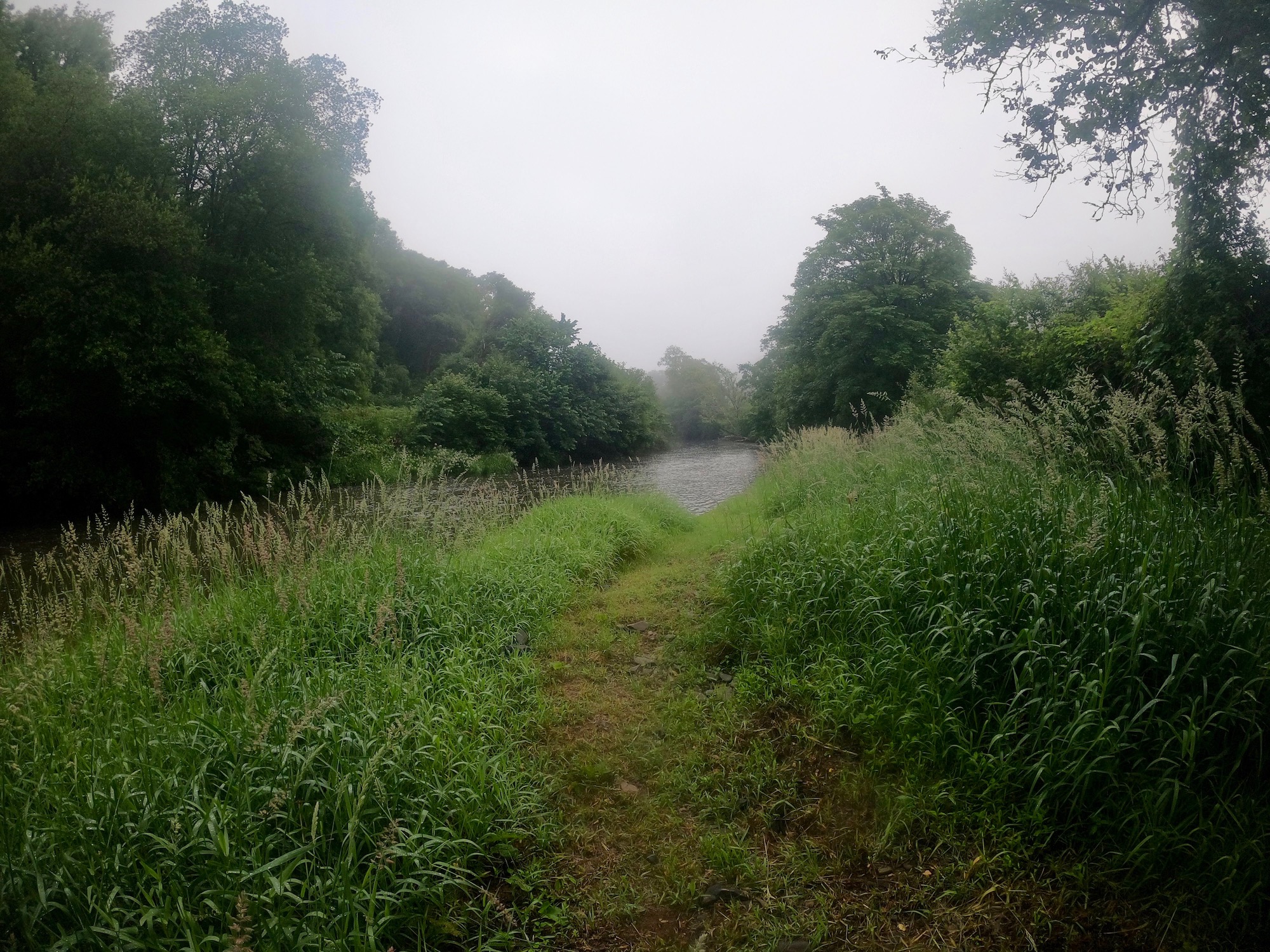
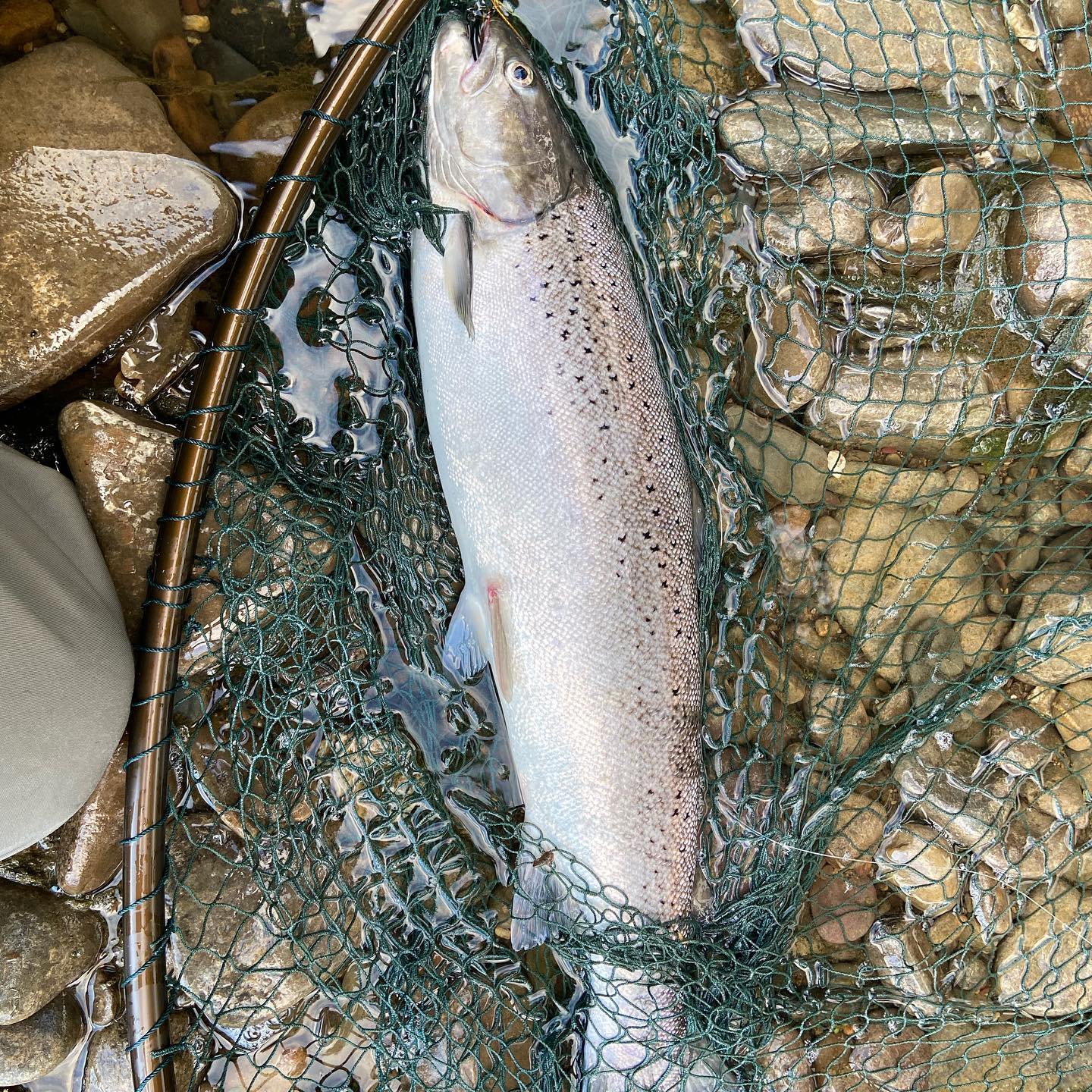
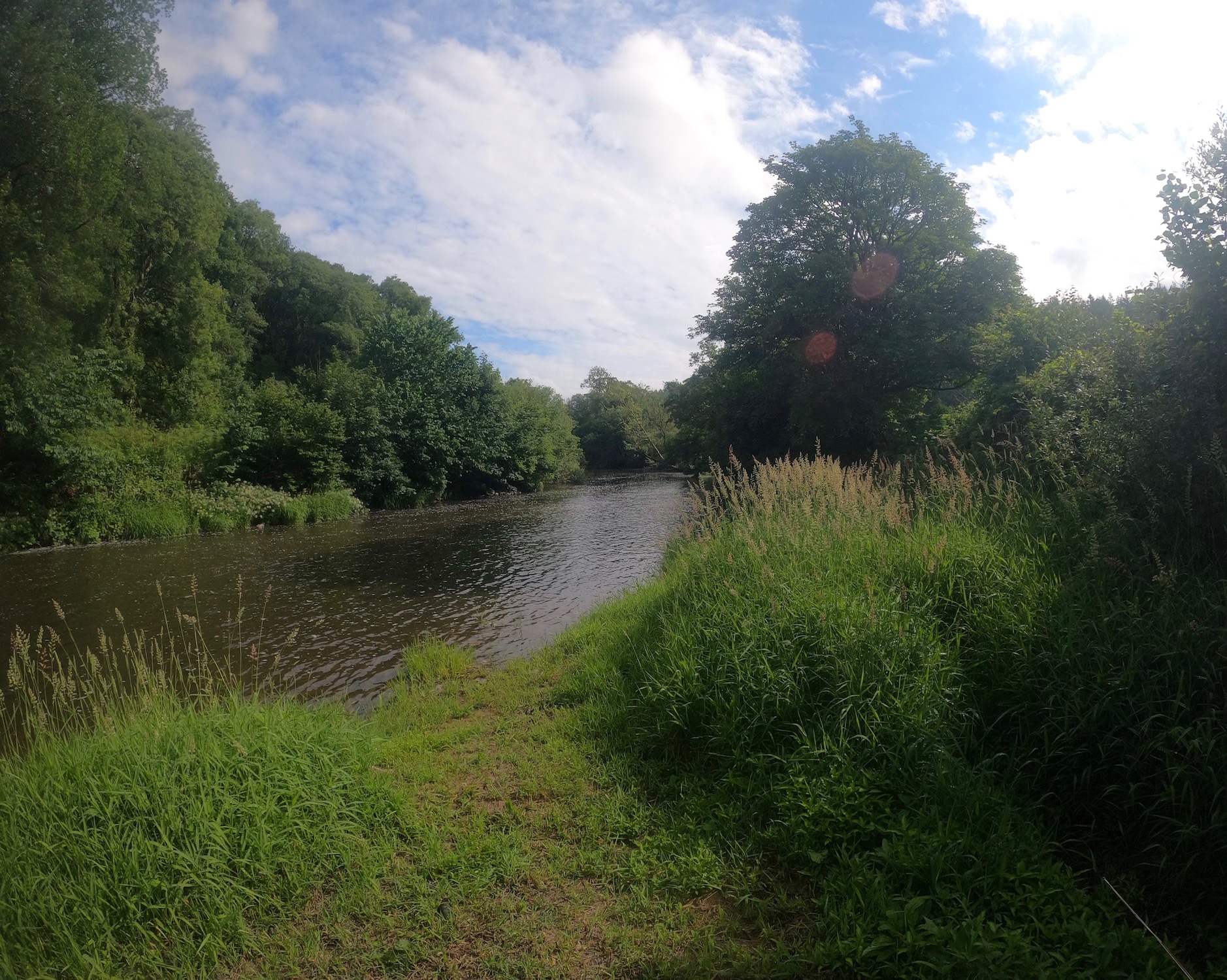
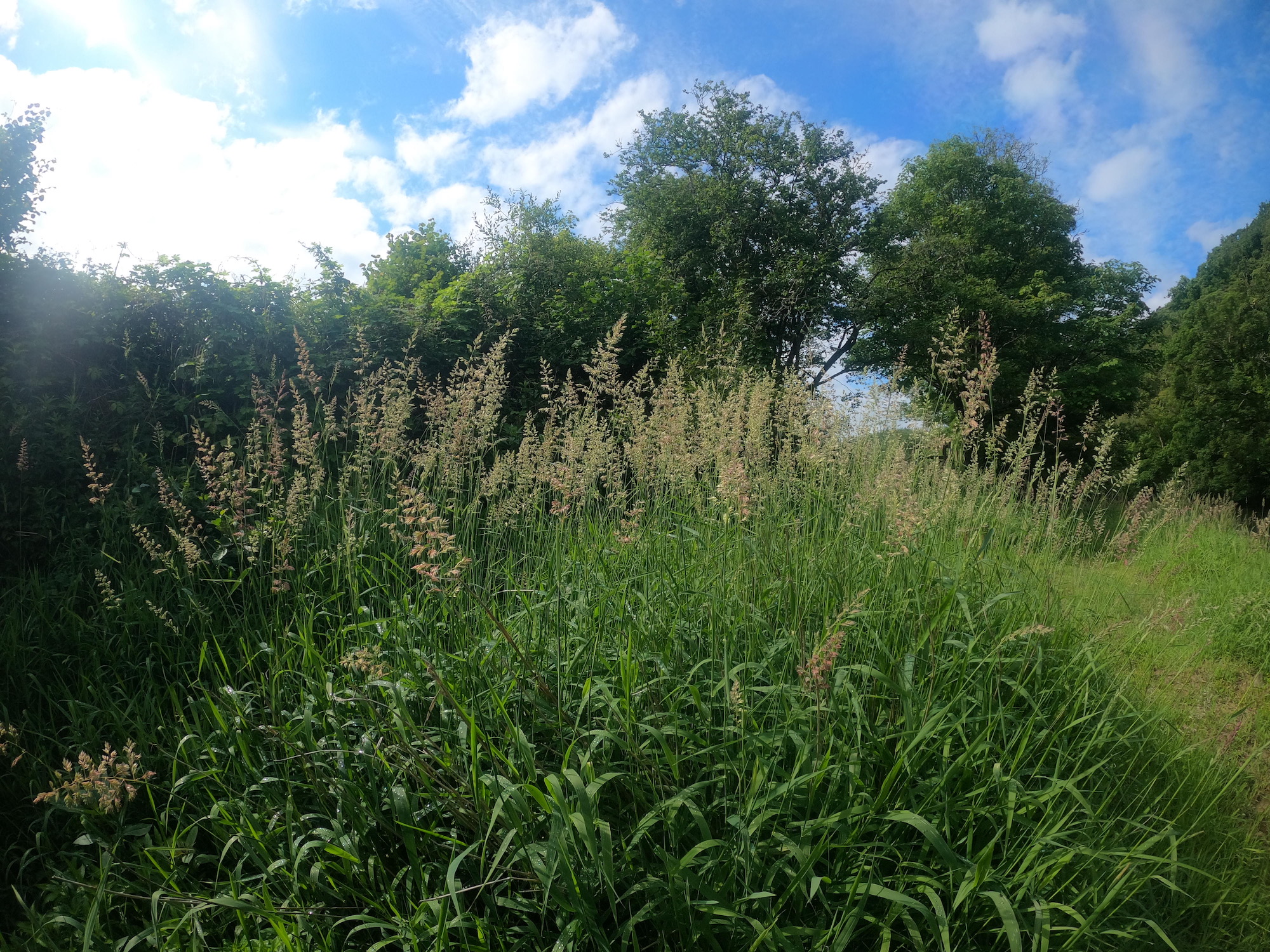
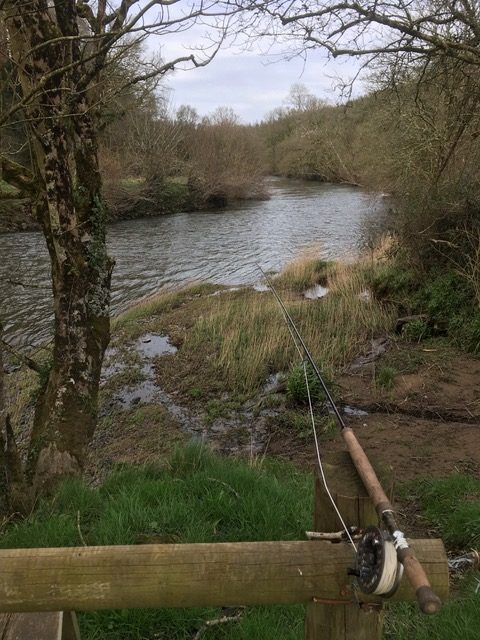
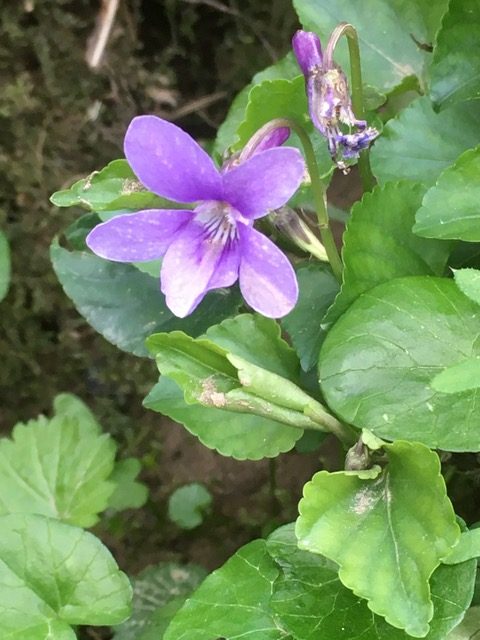
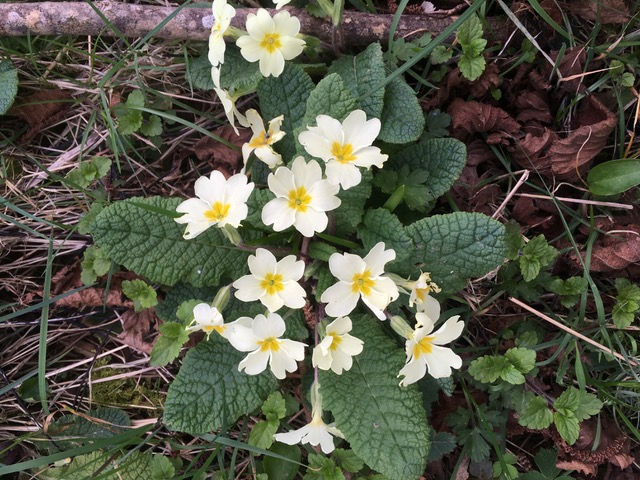
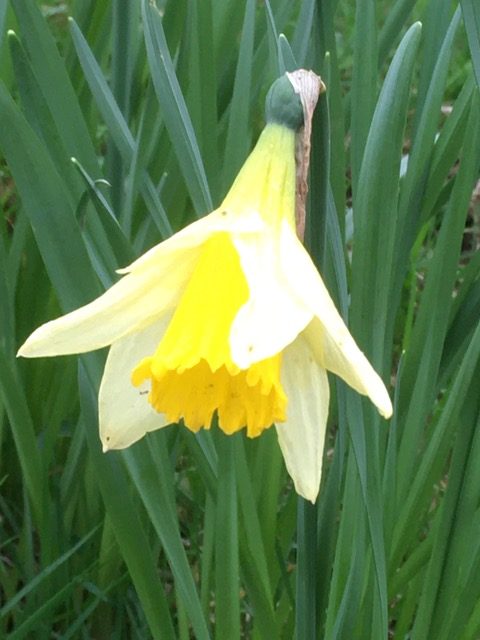
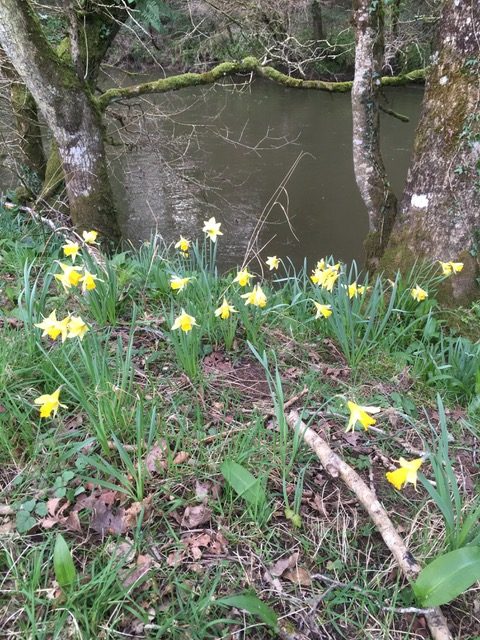
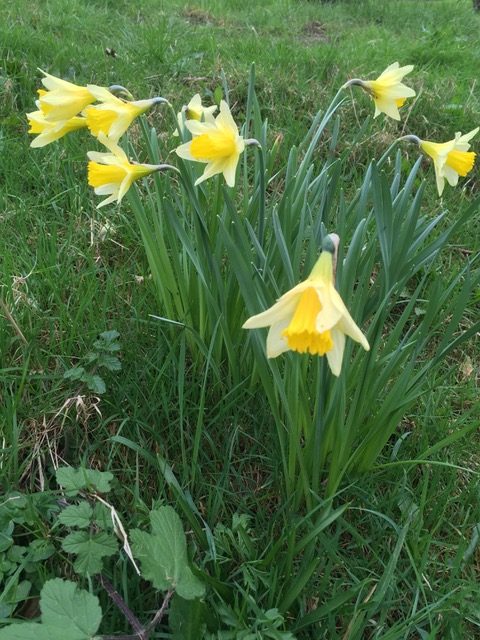
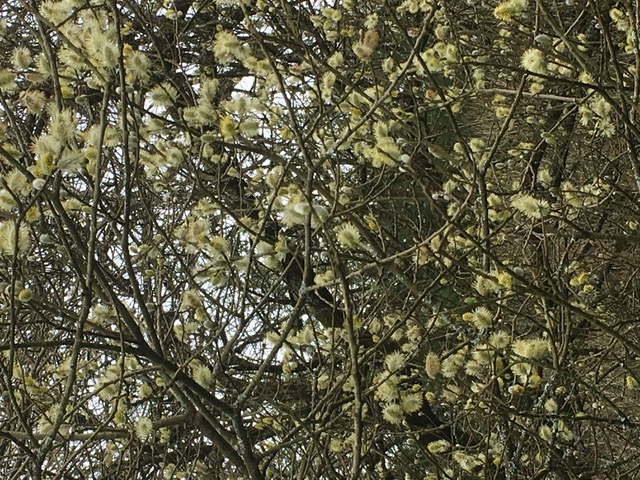
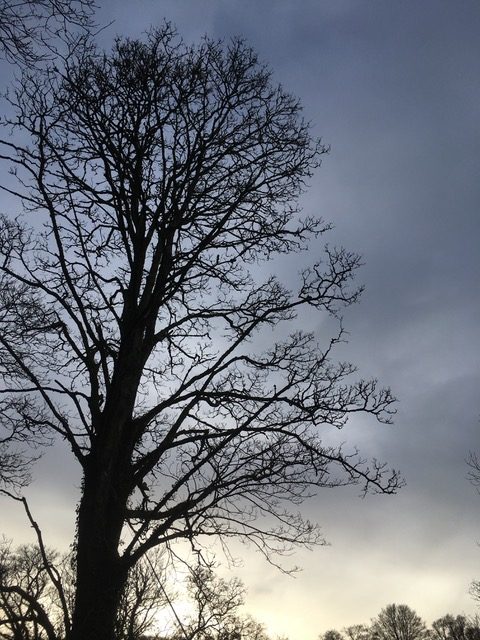
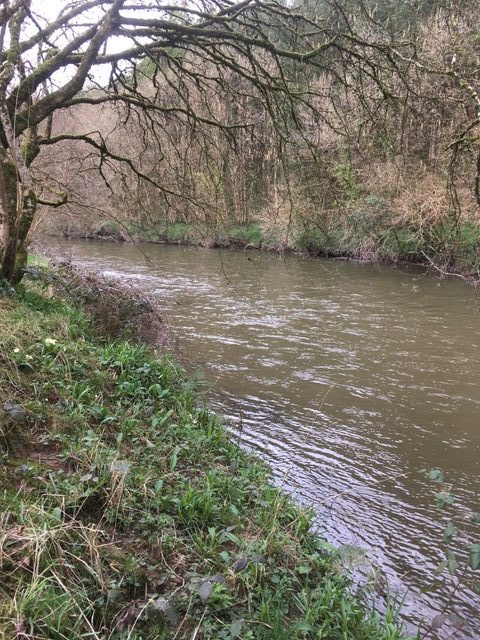
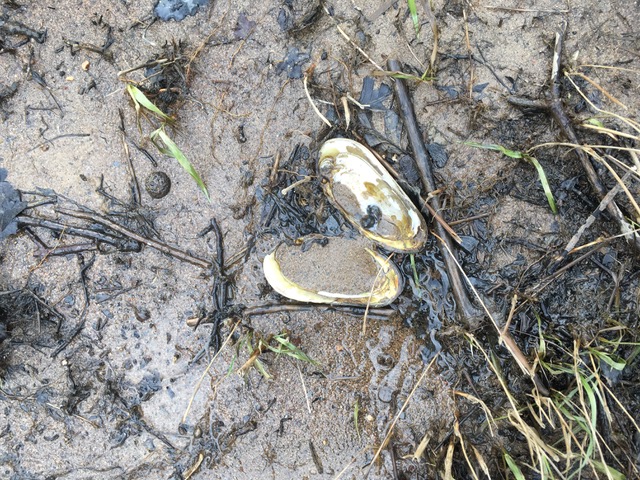
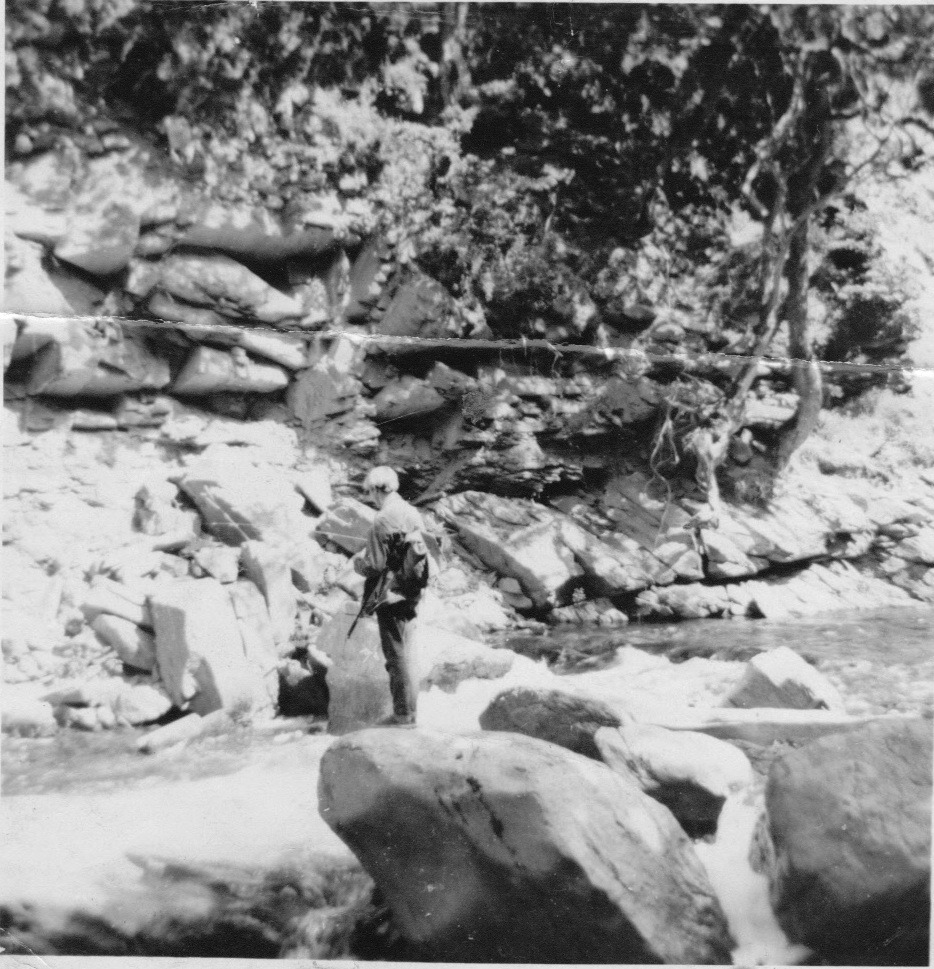

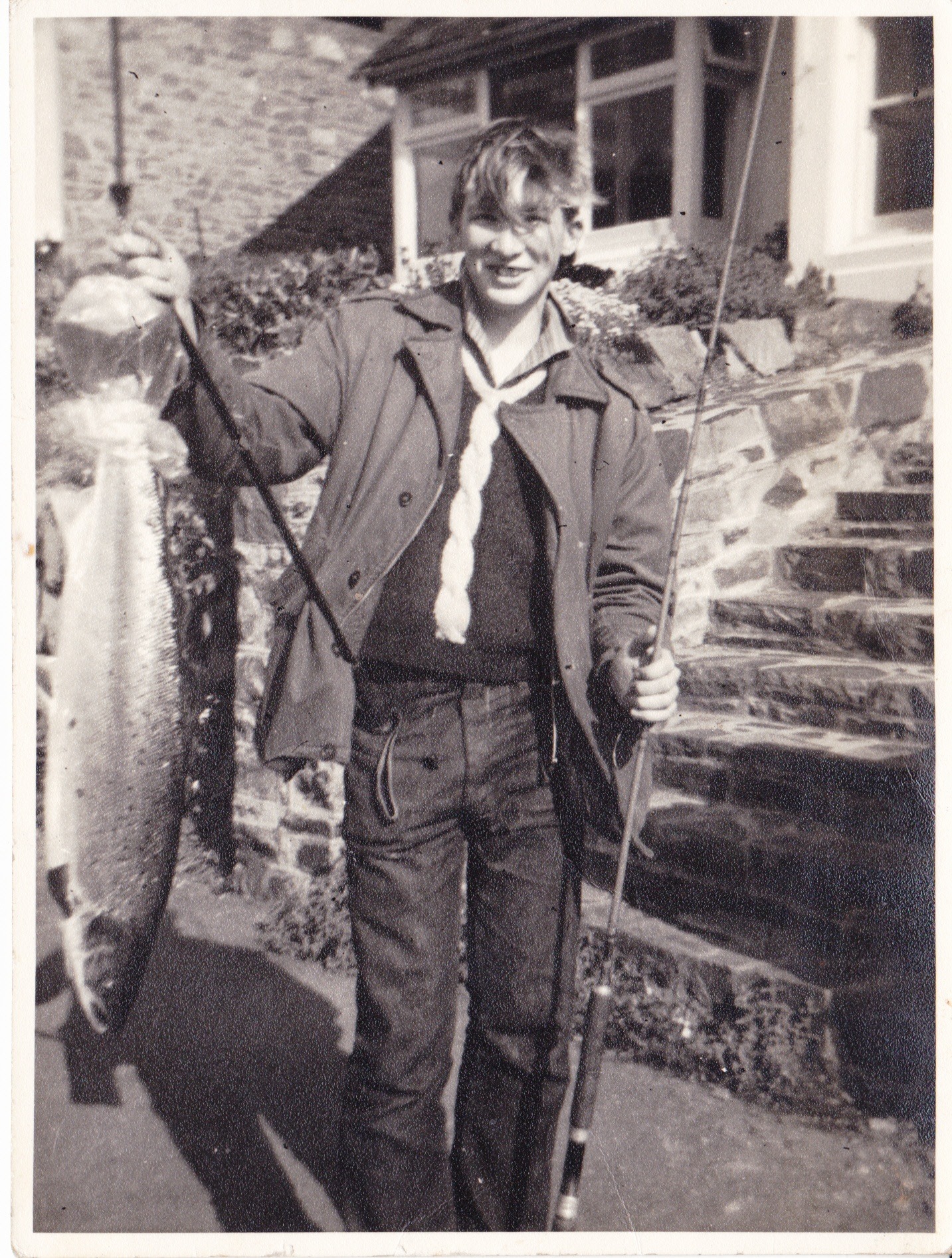
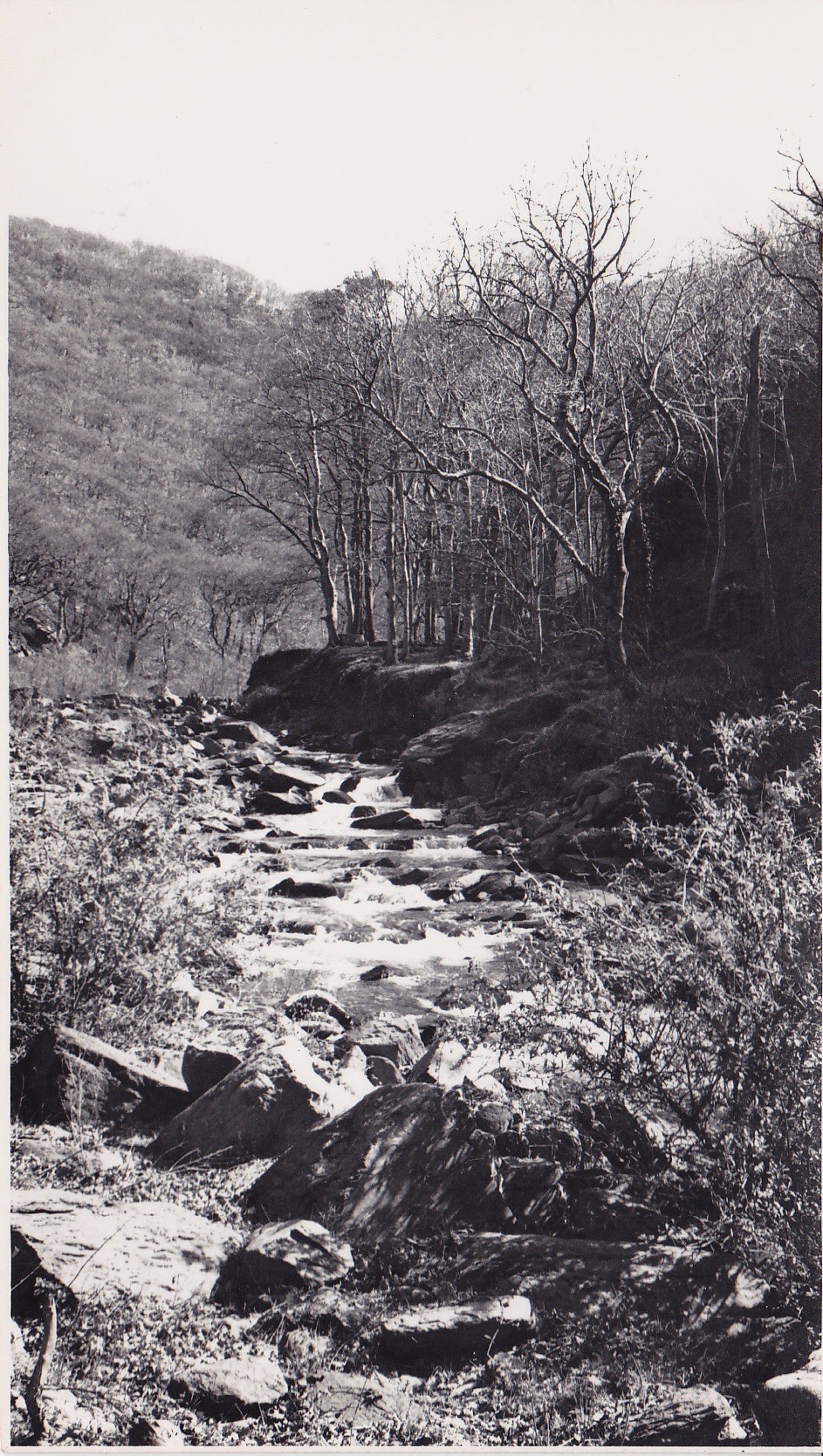
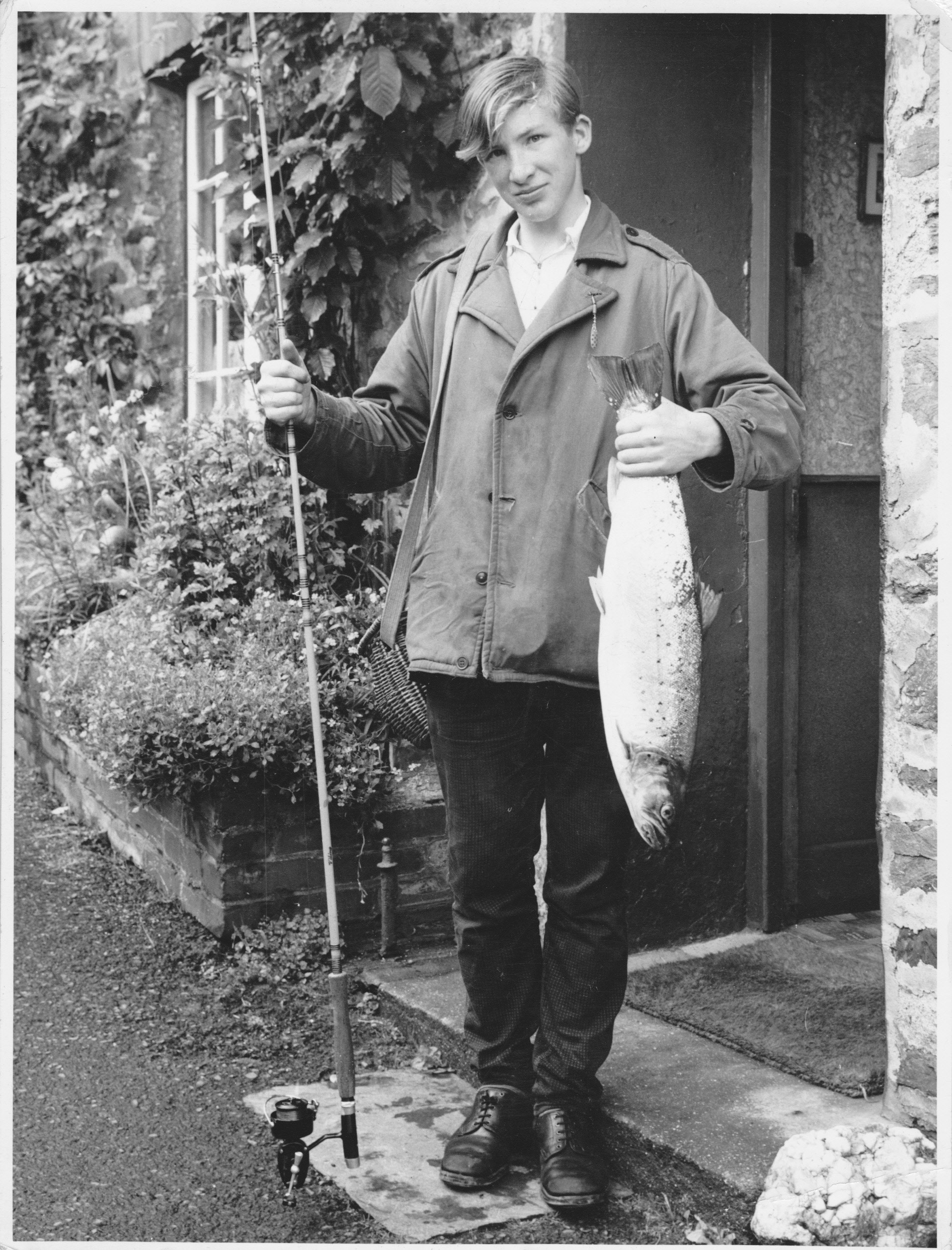
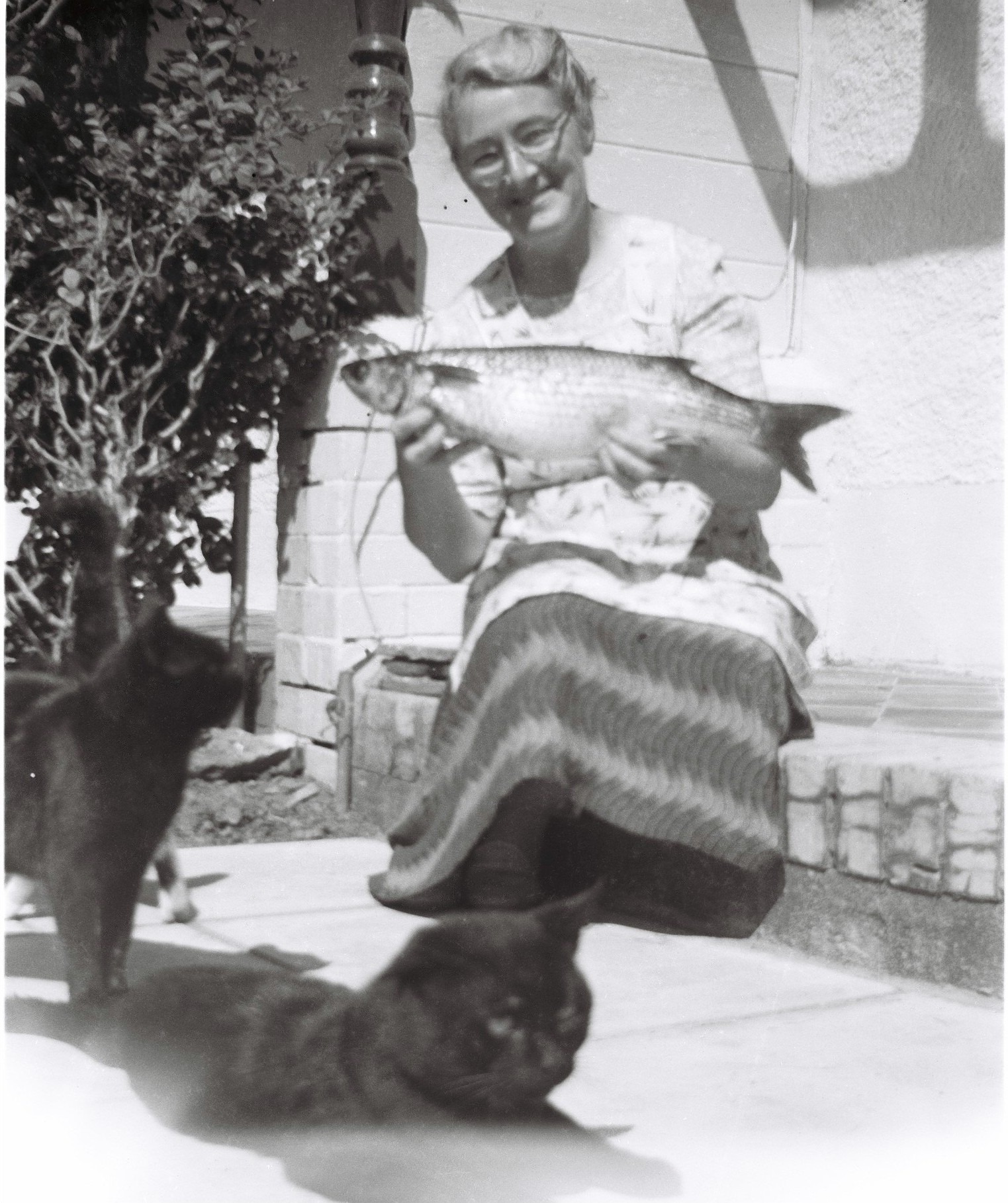
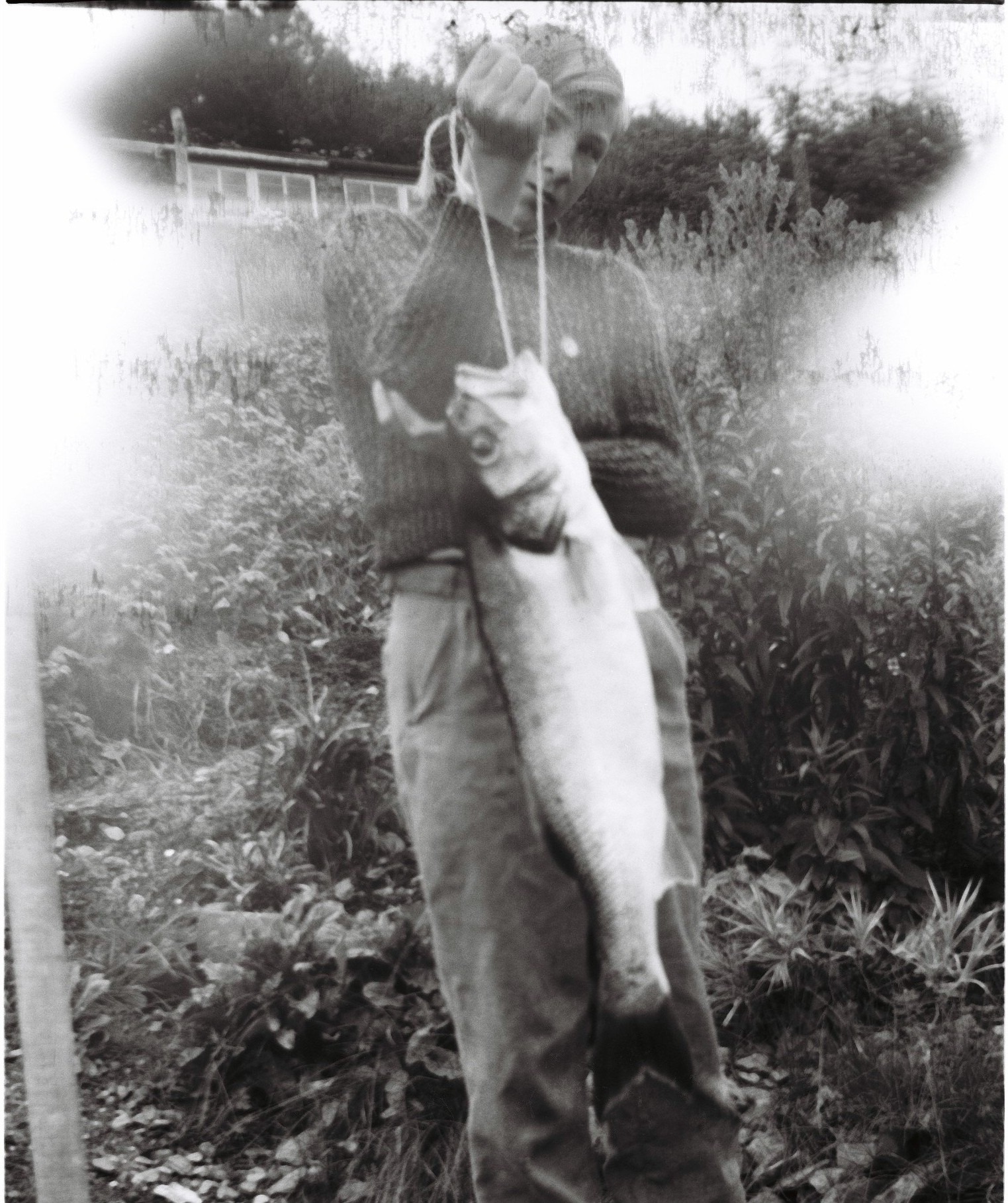
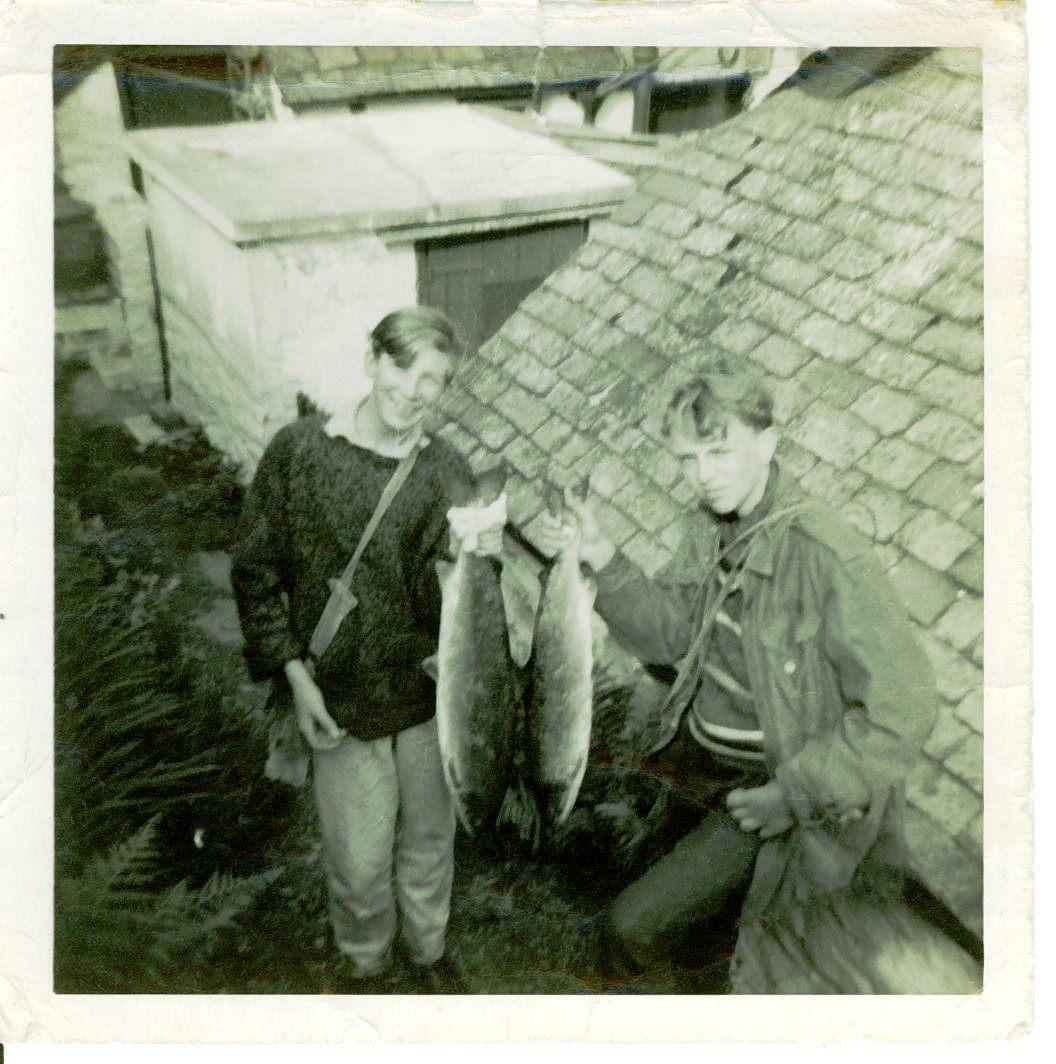

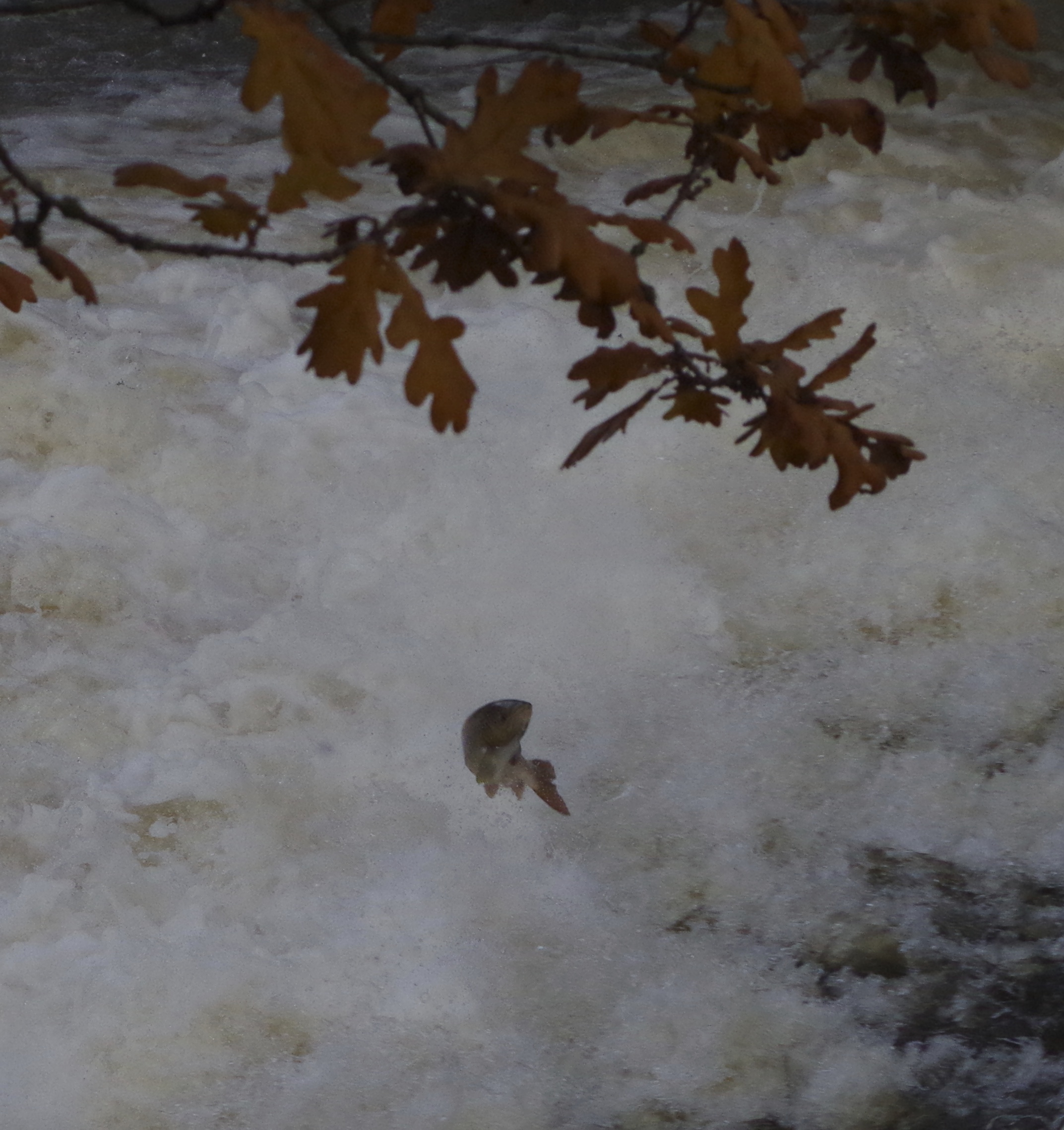
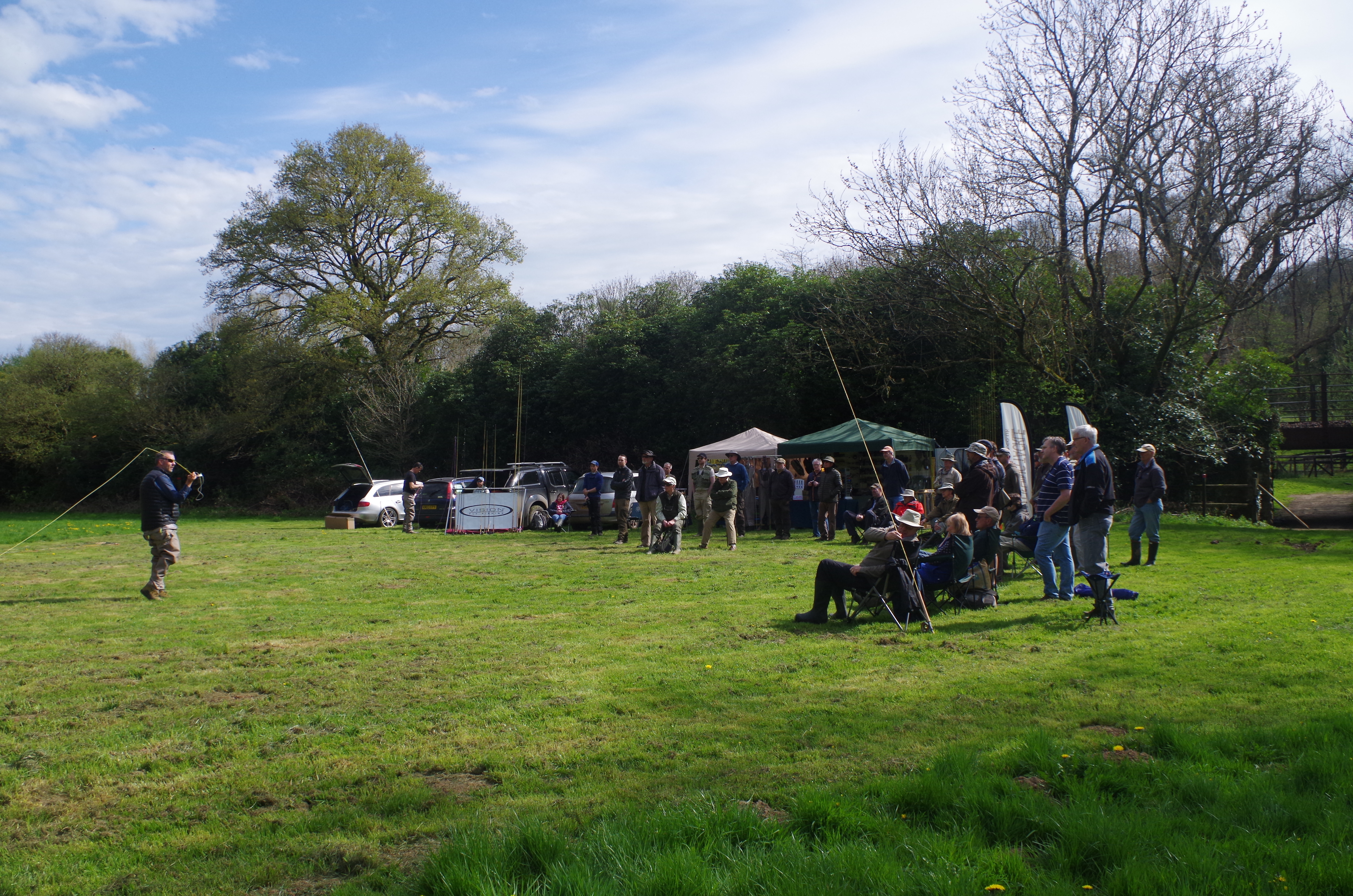
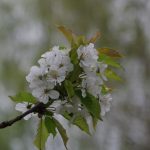
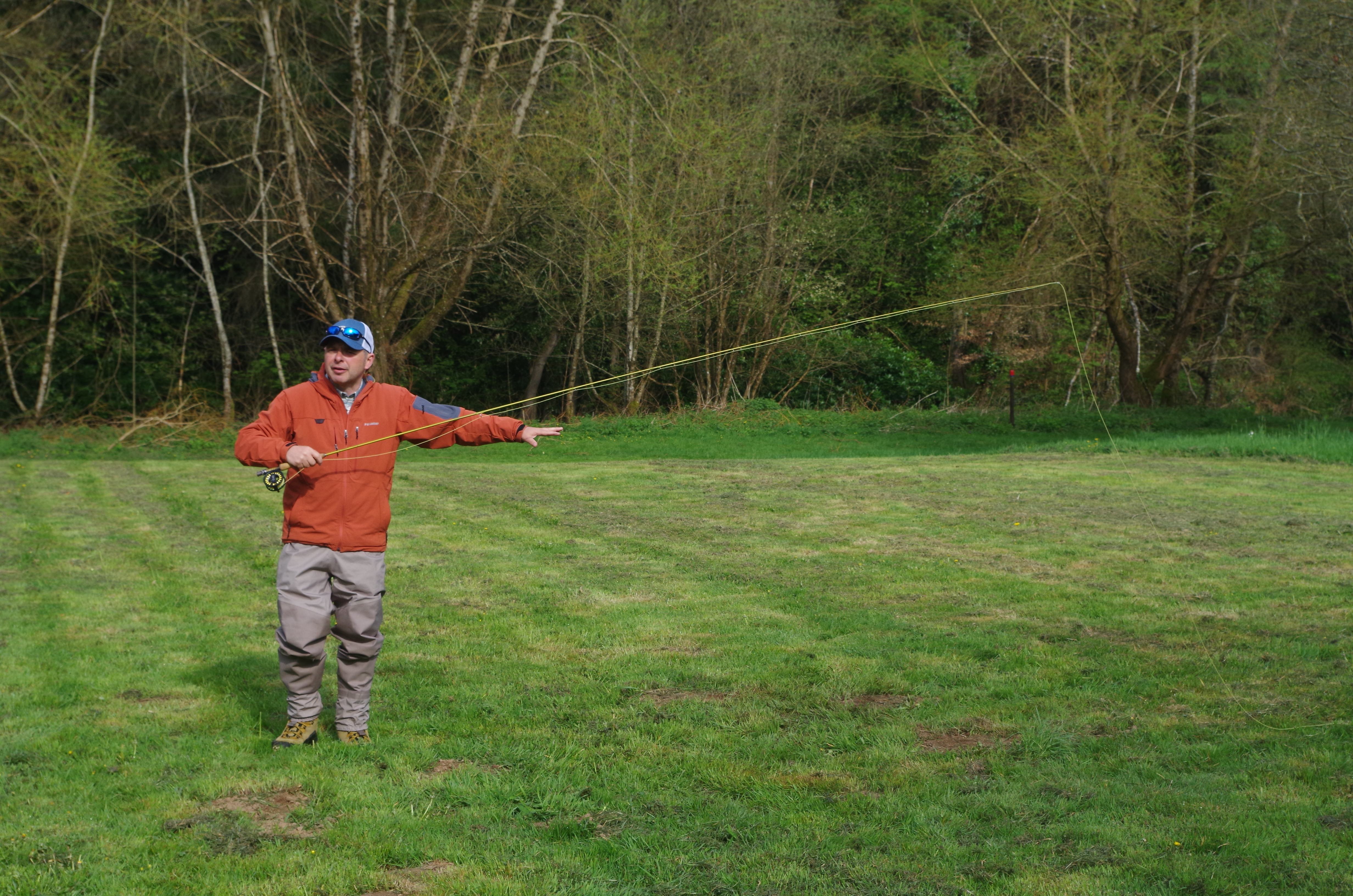
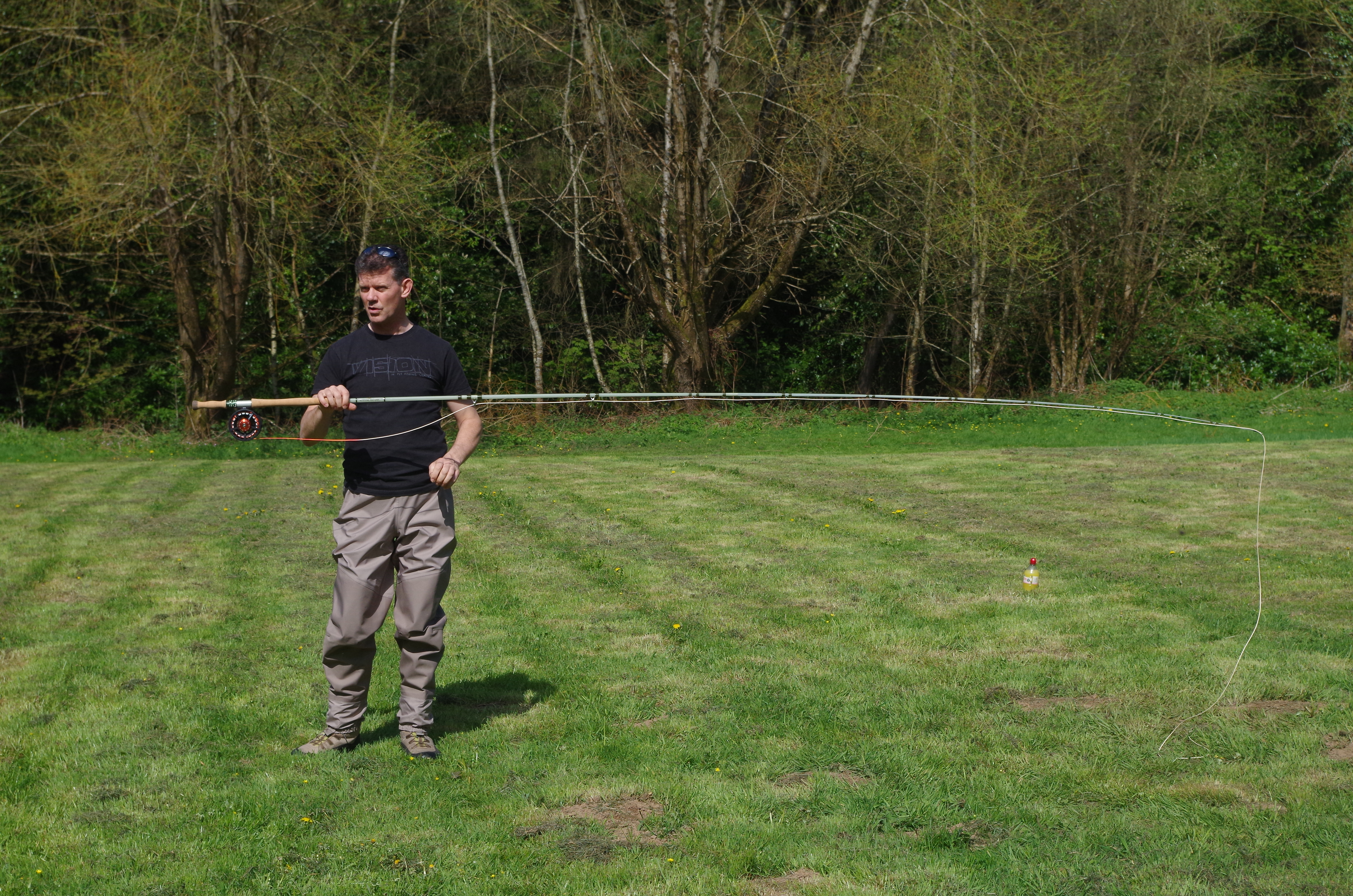
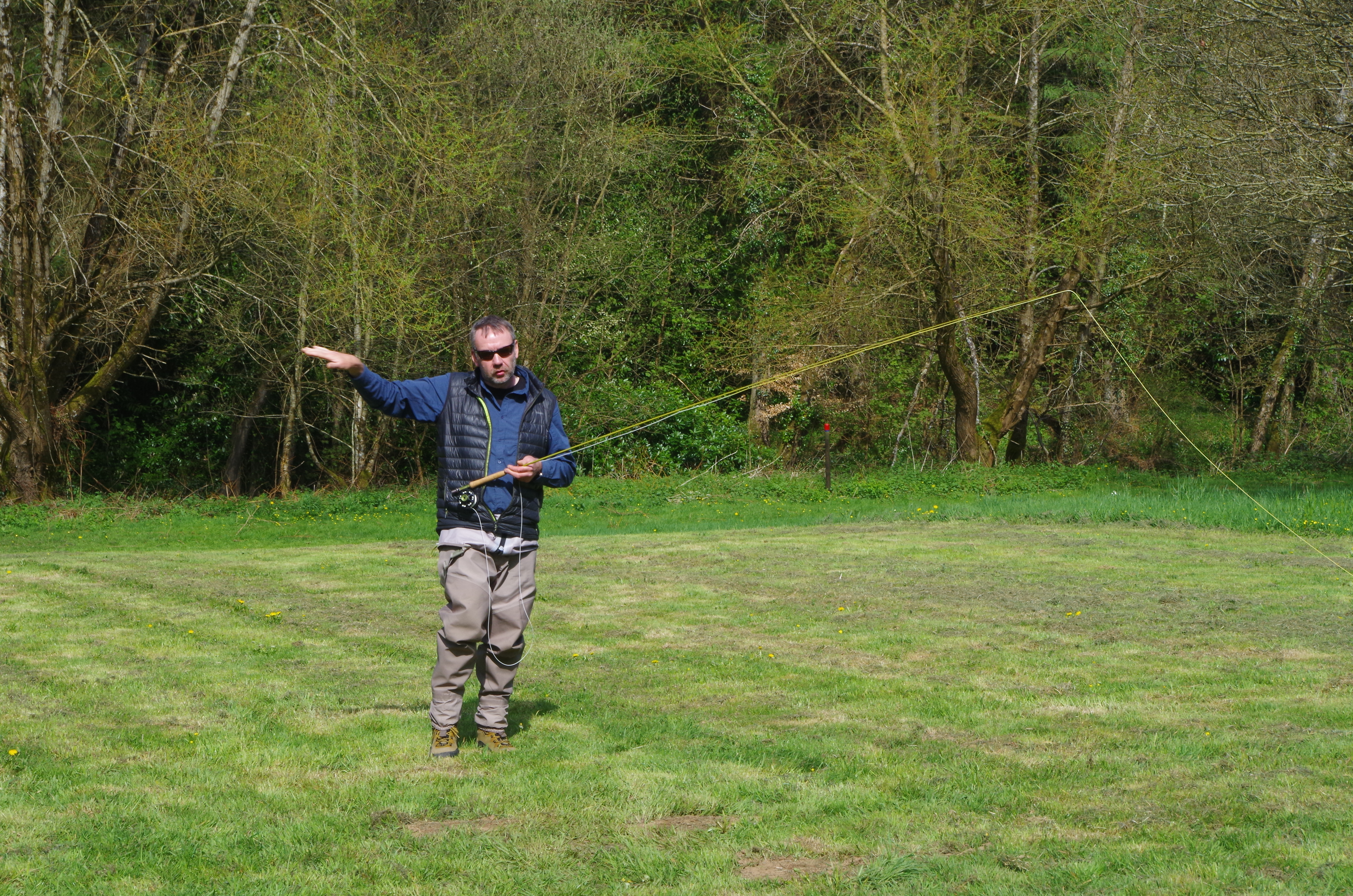
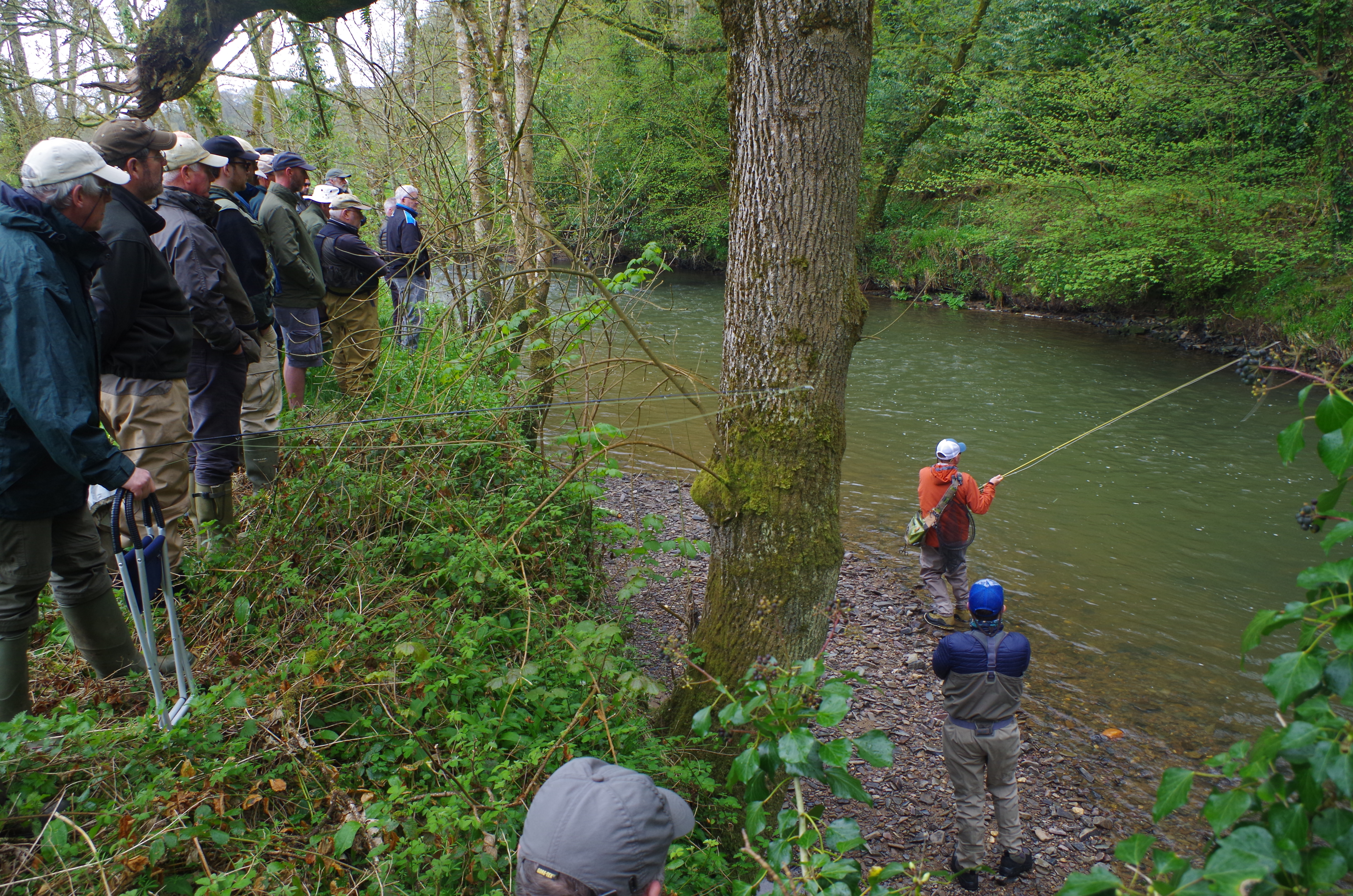
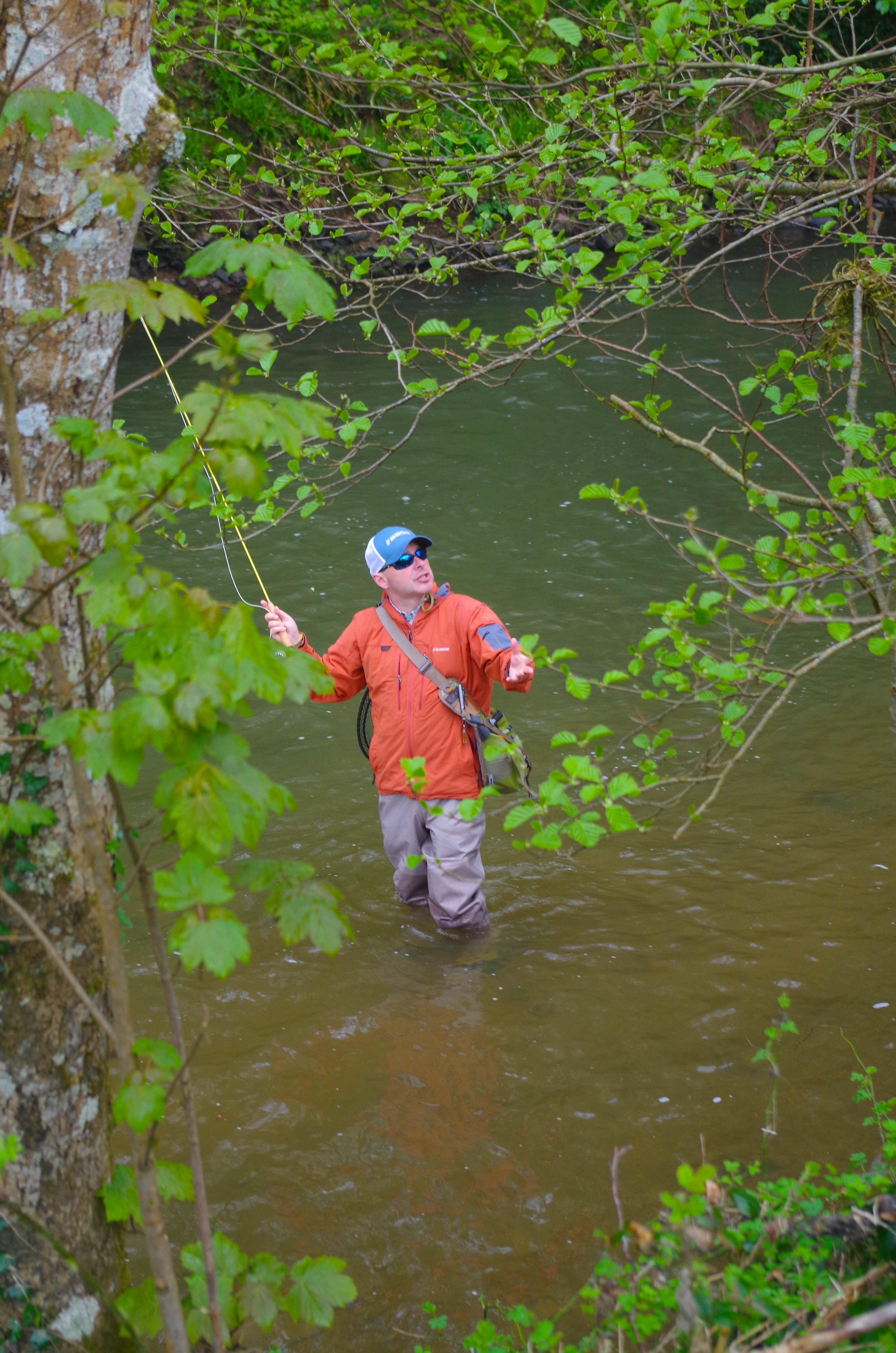
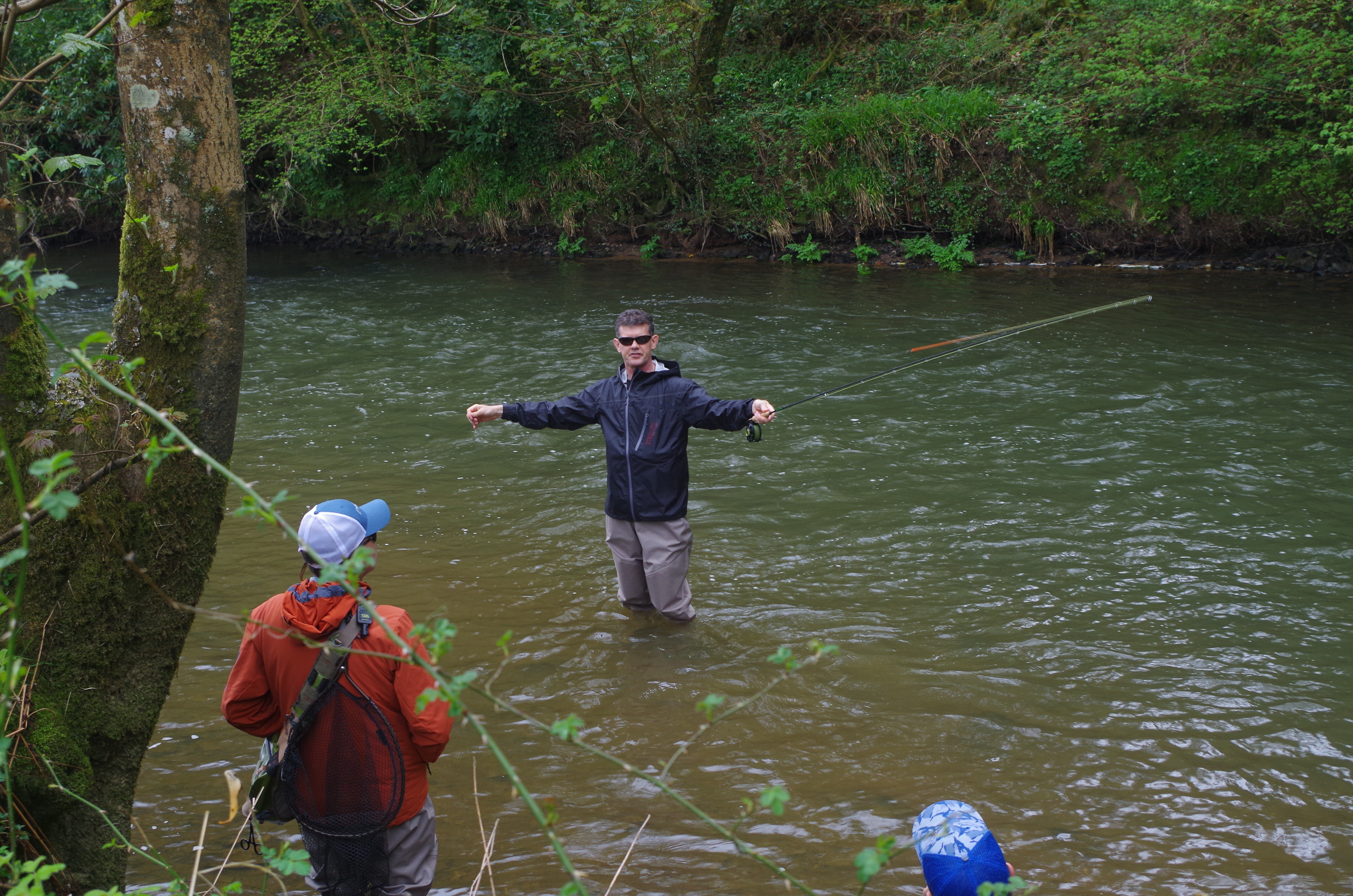
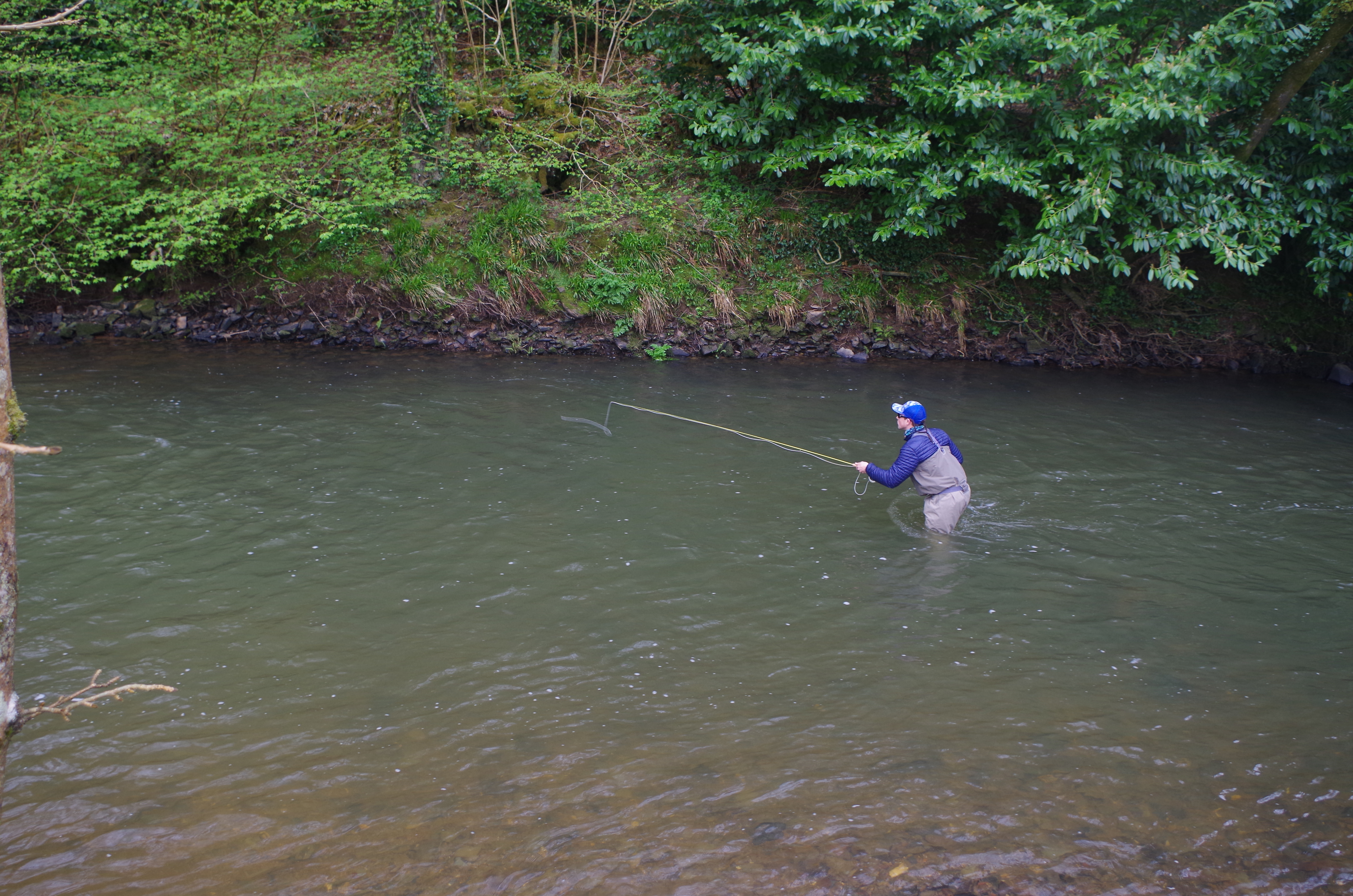
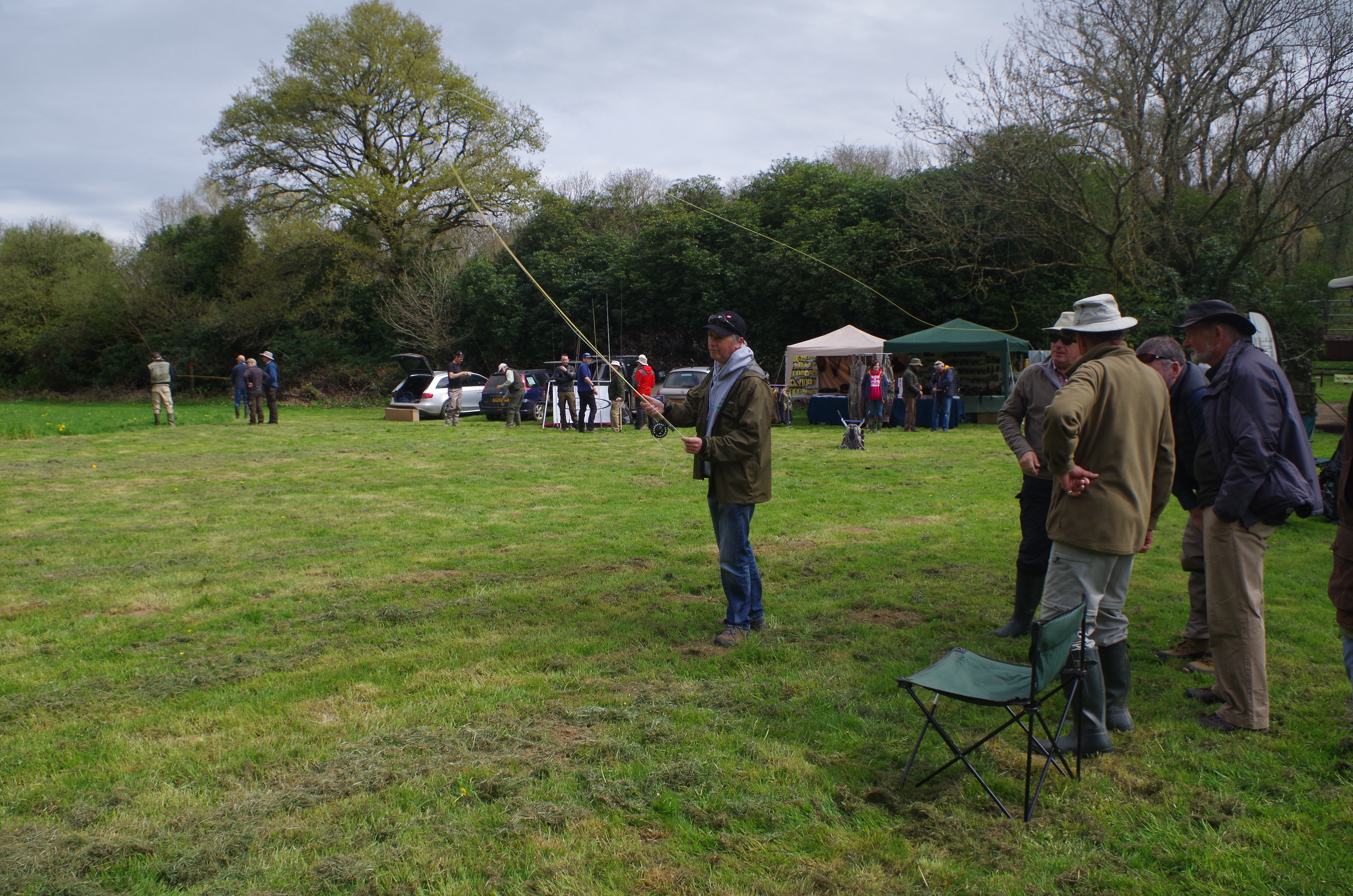
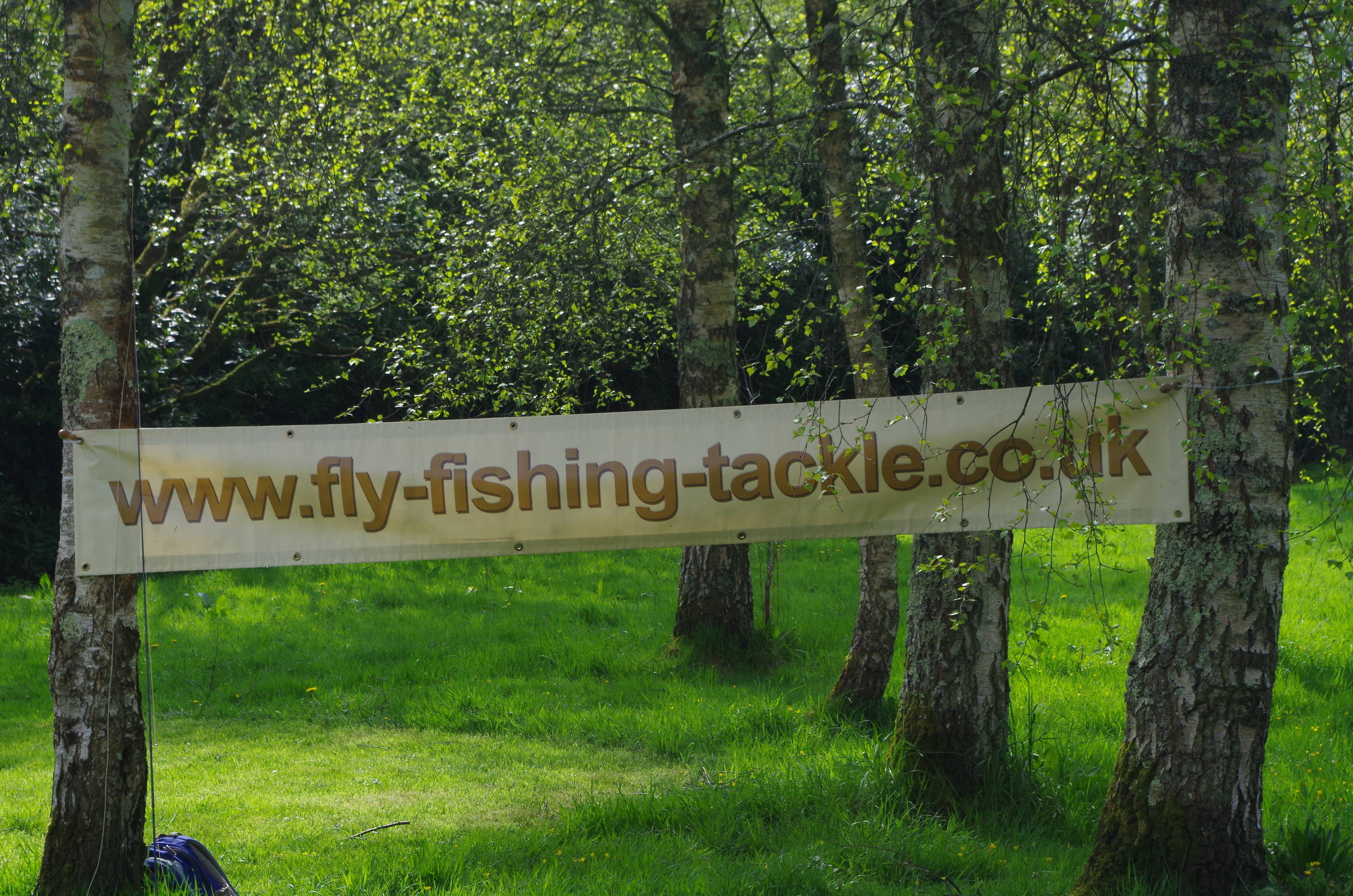

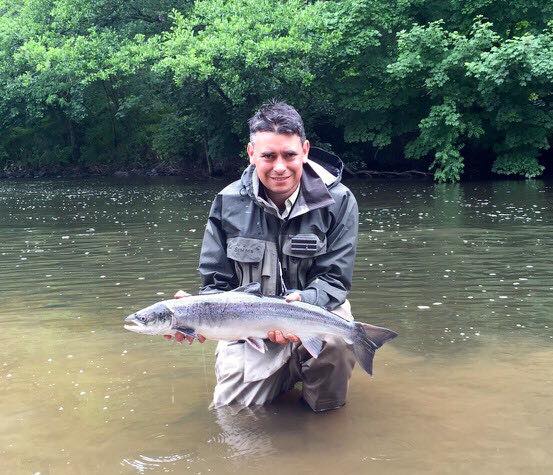
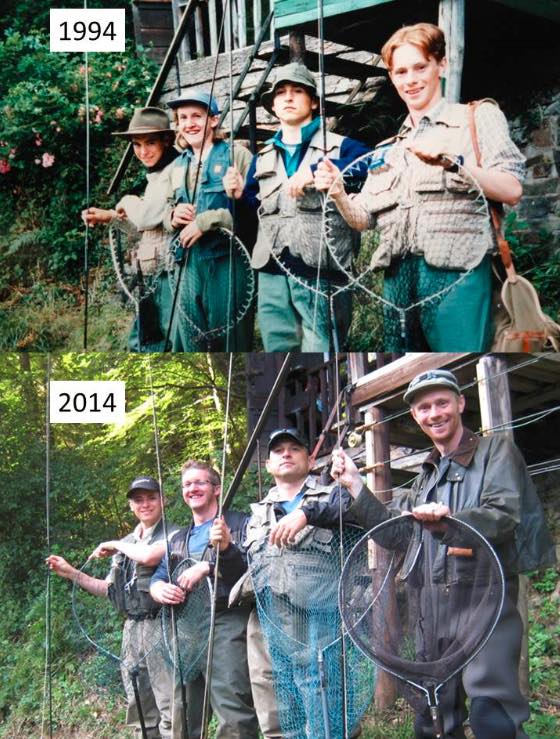
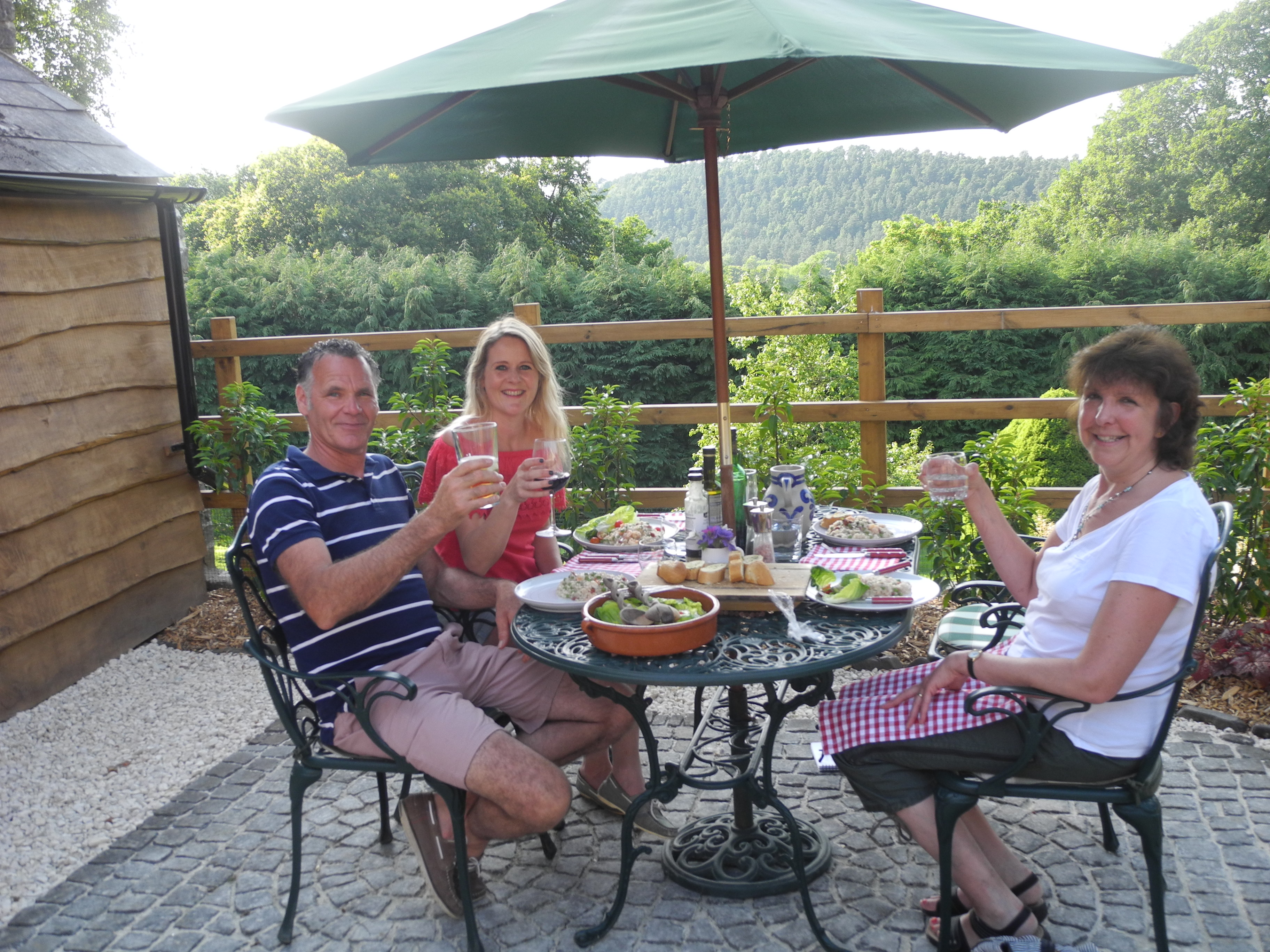
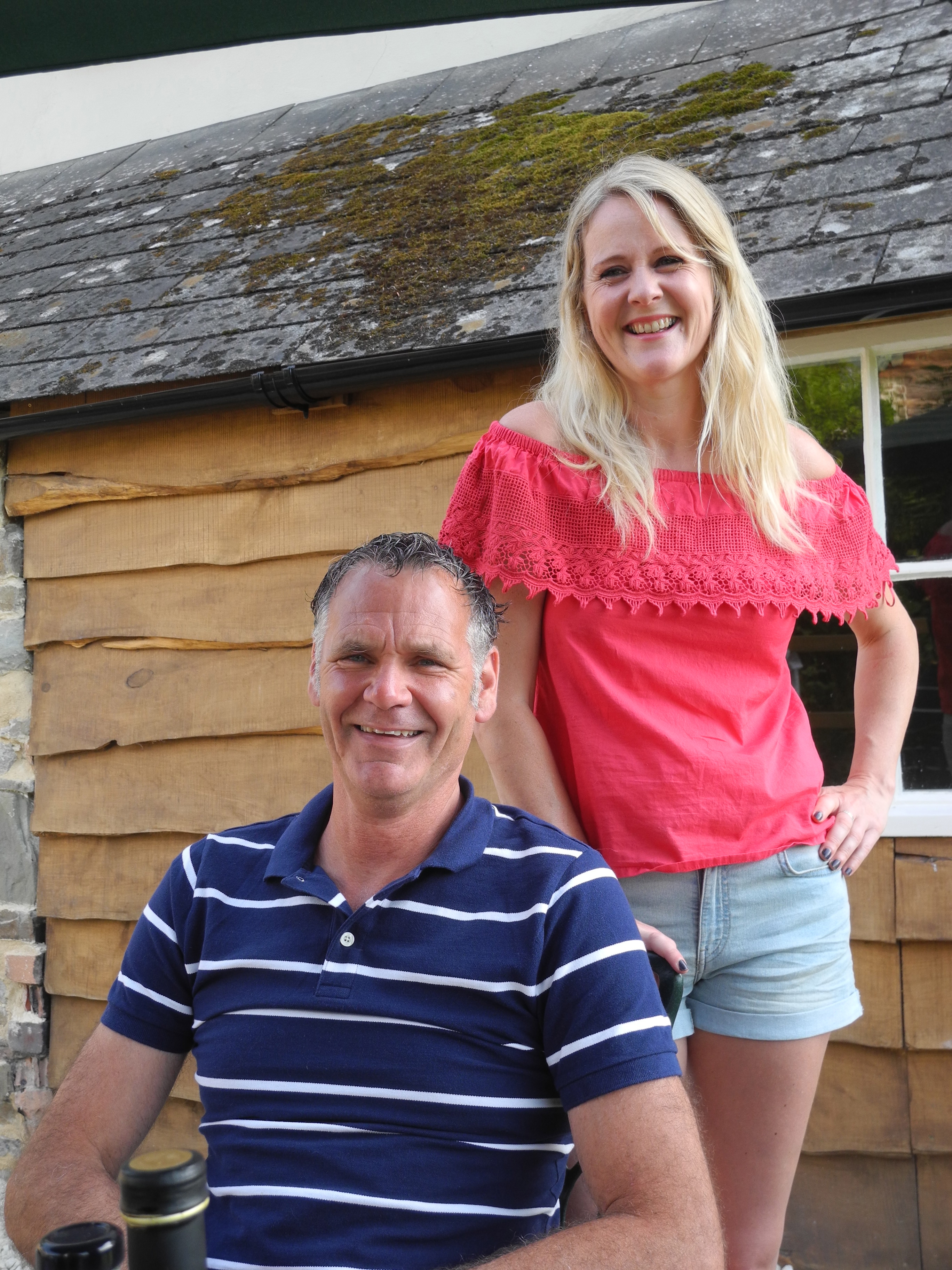
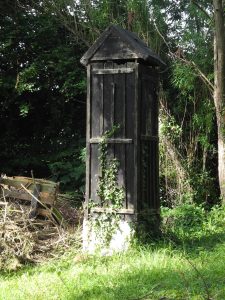
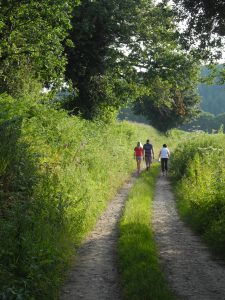
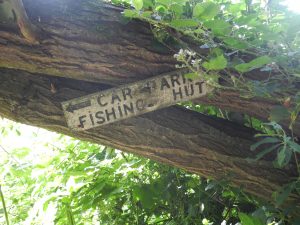
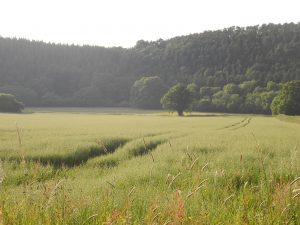
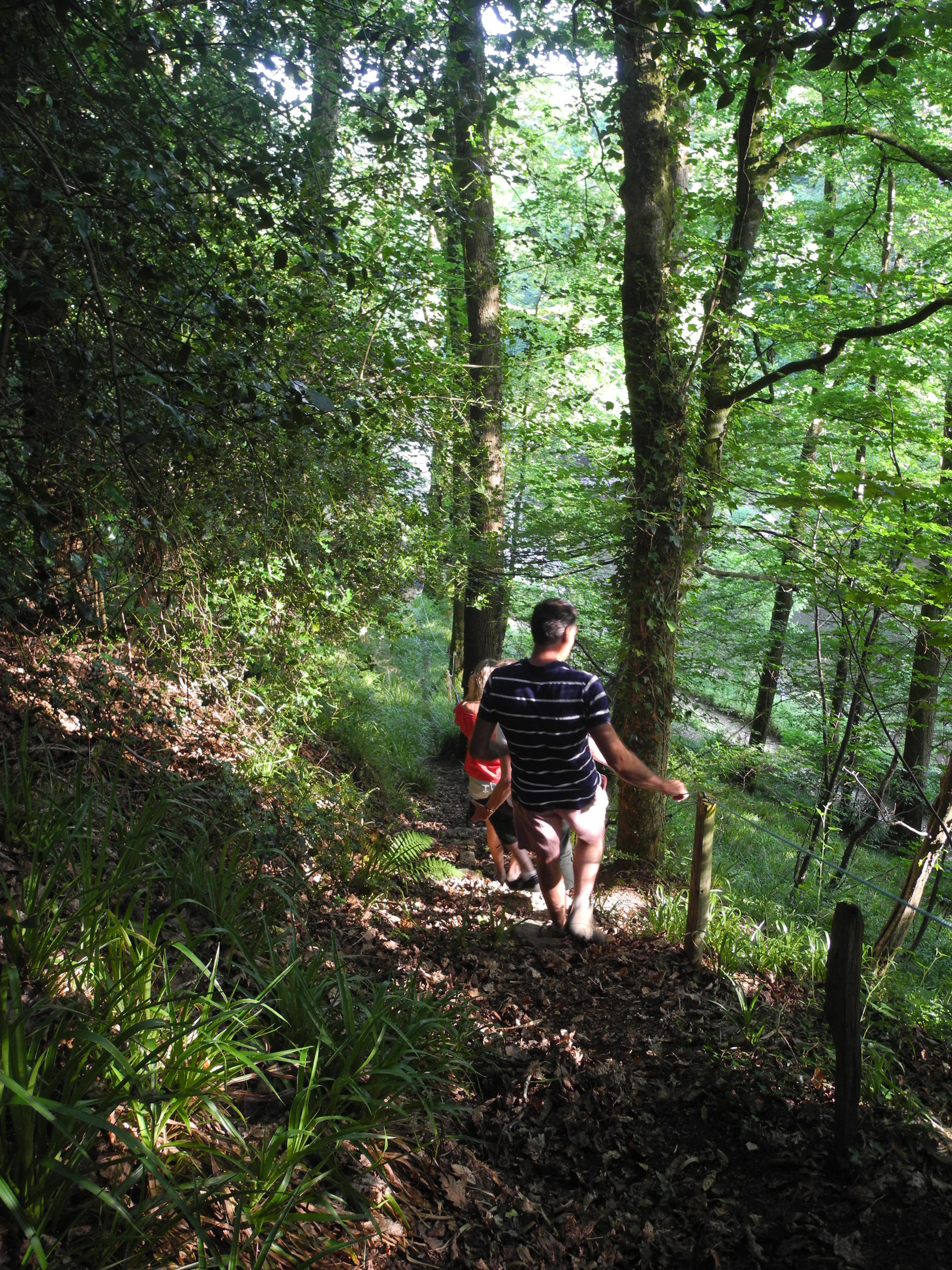
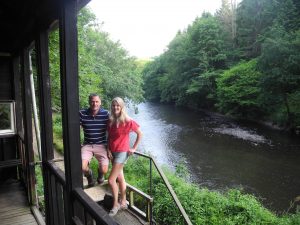
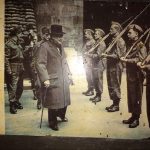
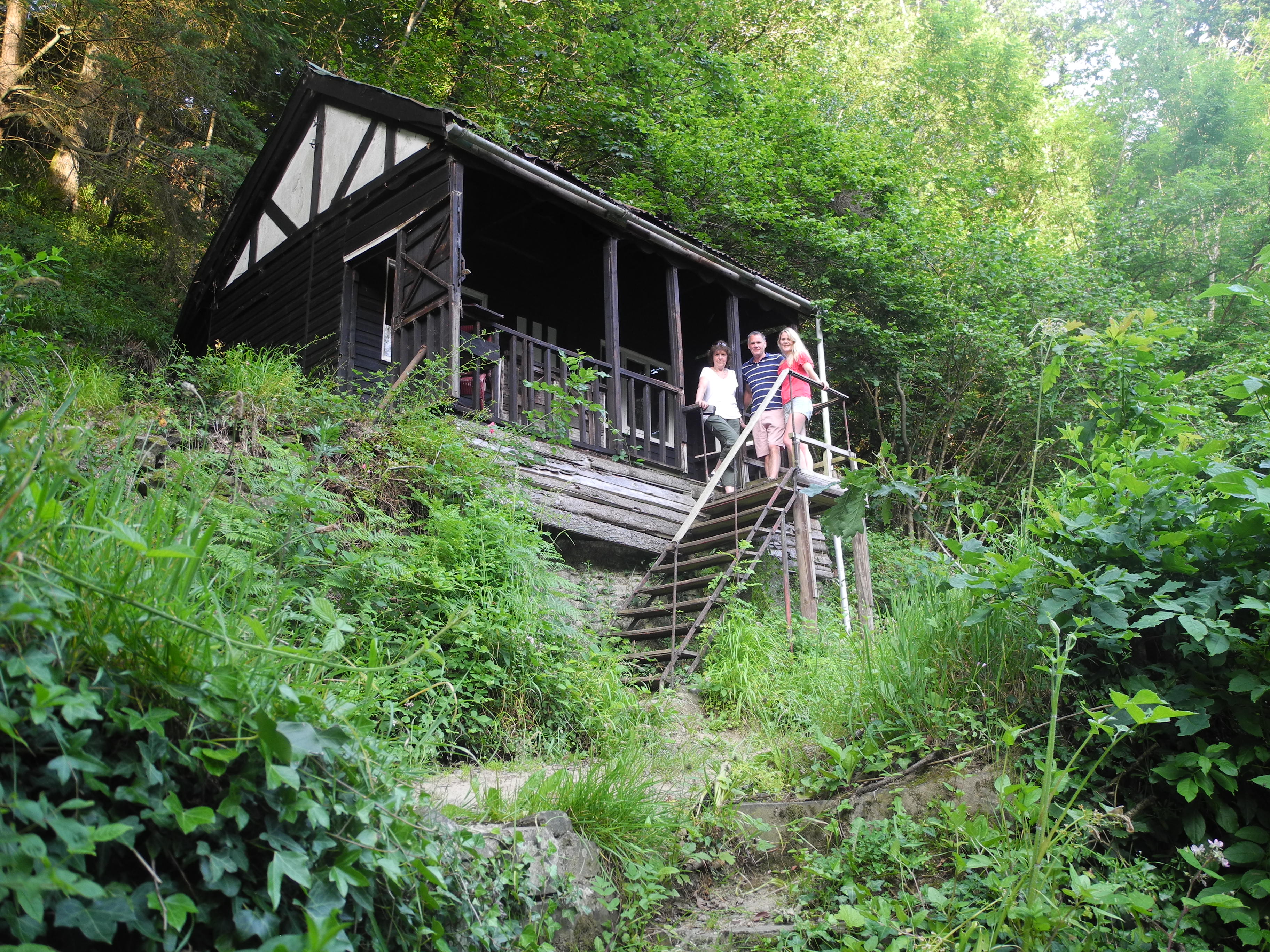
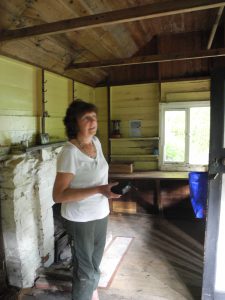
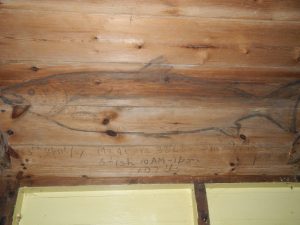
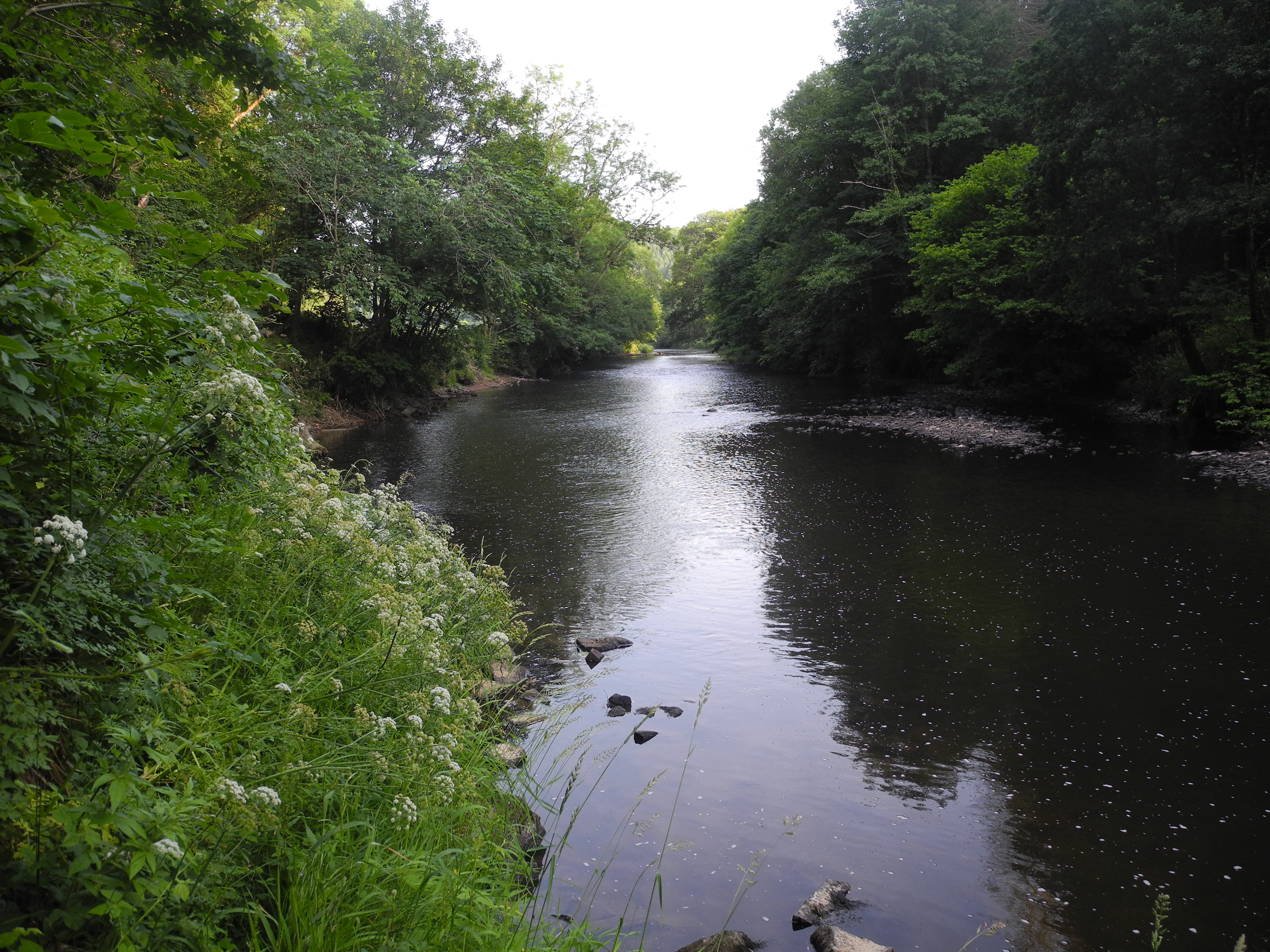

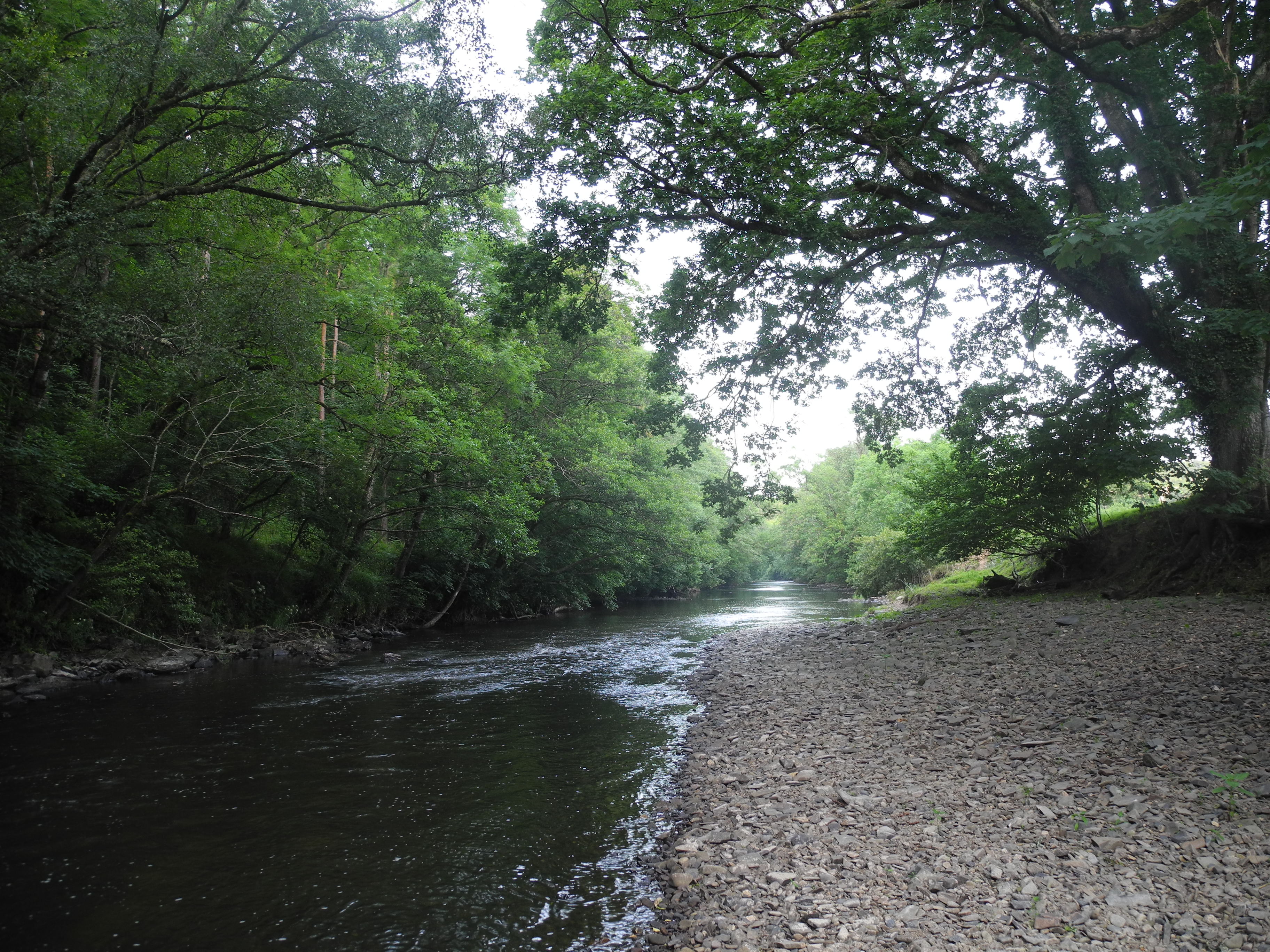


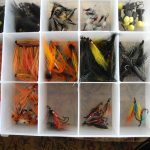 I will undoubtedly be able to put the flies I purchased during the visit. For they carry a selection of flies tied by those detained at HMS Prison in Exeter.
I will undoubtedly be able to put the flies I purchased during the visit. For they carry a selection of flies tied by those detained at HMS Prison in Exeter.